Why do greyhounds need wide collars?
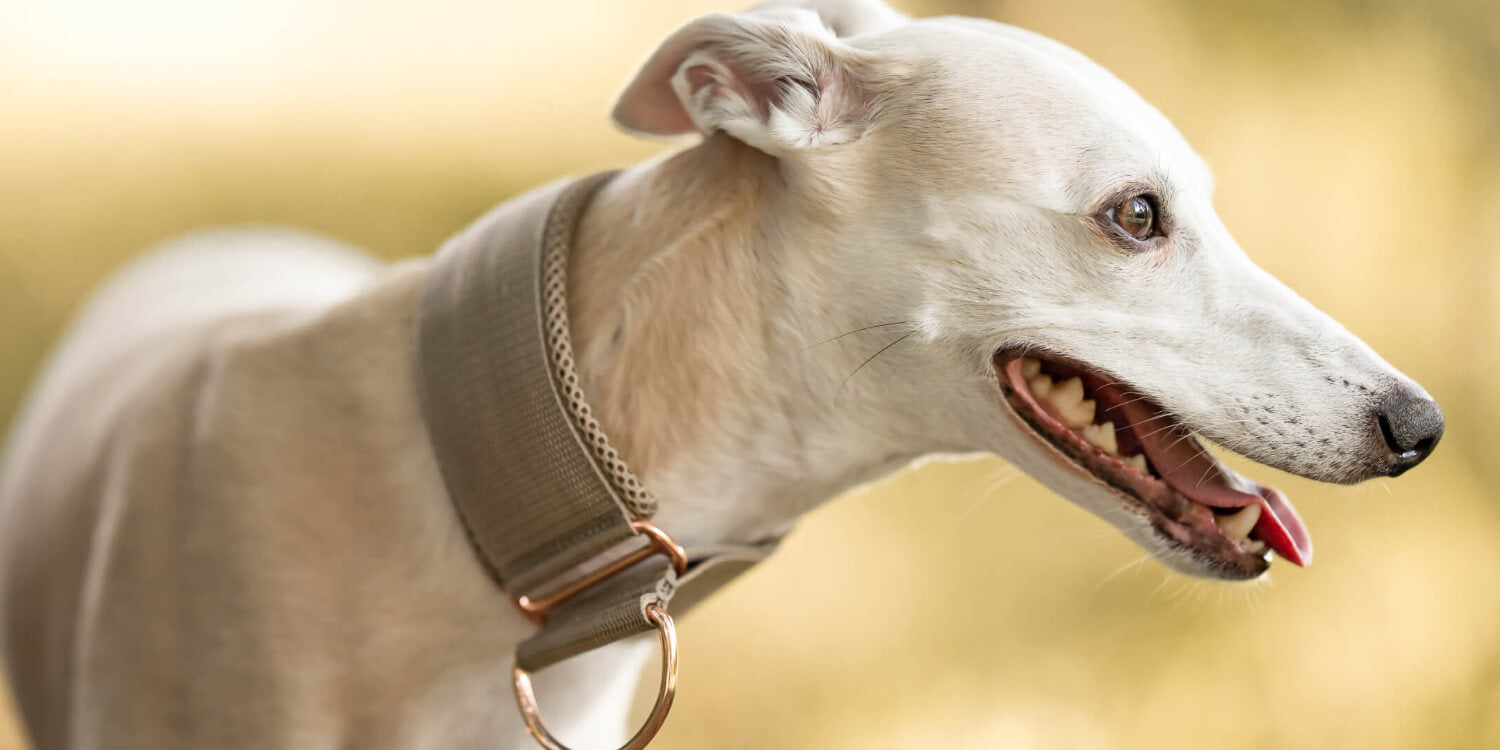
Greyhounds are elegant and fast dogs that require special equipment due to their unique anatomy. A key element of this equipment is the collar, which needs to be wider for greyhounds than for other dog breeds. In this article, we explain why greyhounds need wide collars and what advantages they offer.
Anatomical features of greyhounds
The neck and larynx
Greyhounds have a long, narrow neck and a sensitive larynx. These characteristics require a wide collar that evenly distributes pressure when leading the dog, thus preventing injury.
Sensitivity of the larynx
A greyhound's larynx is extremely sensitive and can easily be injured by a collar that's too narrow or ill-fitting. A sudden jerk on the leash can cause serious injuries, such as a crushed larynx, resulting in respiratory distress and significant pain. Such injuries can not only cause long-term health problems but often require costly veterinary treatment.
Risk of cervical vertebrae injuries
In addition to their delicate larynx, greyhounds also have fragile cervical vertebrae. A narrow collar subjected to excessive strain can create pressure points that can lead to dislocations or even fractures of the delicate cervical vertebrae. These injuries are extremely painful and can significantly impact your dog's mobility and quality of life.
Head-neck ratio
Another characteristic of greyhounds is their close neck-to-head girth ratio. A wide collar with a stopper prevents the dog from slipping out of the collar.
Need for a train stop
A wide collar with an anti-choke feature is therefore essential to ensure the dog stays securely and firmly in the collar. This feature prevents the collar from expanding too much when pulled, protecting the dog's neck while also ensuring it cannot escape.

Advantages of wide collars
Pressure distribution
Wide collars distribute pressure over a larger area, protecting the sensitive larynx and cervical vertebrae. This is especially important when the dog pulls on the leash.
Comfort and safety
Wide collars are often padded and made of soft materials that prevent friction and pressure points. This increases comfort and protects the dog's skin.
optics
Conventional collars are usually very thin, as they are designed to fit as wide a range of dog breeds as possible. These collars look very tiny and unsightly on a greyhound's neck. A wide collar is therefore much more in proportion to the long neck.
Alternatives: Greyhound harnesses
Advantages of harnesses
Greyhound harnesses offer a good alternative to collars. They distribute pressure across the chest and shoulders, relieving pressure on the sensitive neck area. Harnesses are especially suitable for dogs that pull hard or are sensitive to collars.

Choosing the right collar
Fit
A well-fitting no-choke collar should fit snugly without being too tight. The stop should engage in front of the neck to avoid choking the dog. It also shouldn't be too loose, so that when the dog is relaxed (e.g., when sniffing), the collar doesn't slip over the head on its own, but only falls to the ears.
material
A good choke collar specifically for greyhounds should Robust, yet soft. To optimally protect and relieve the neck and larynx area, feather-soft, pillow-like padding is recommended. No expense should be spared on these fragile body parts.

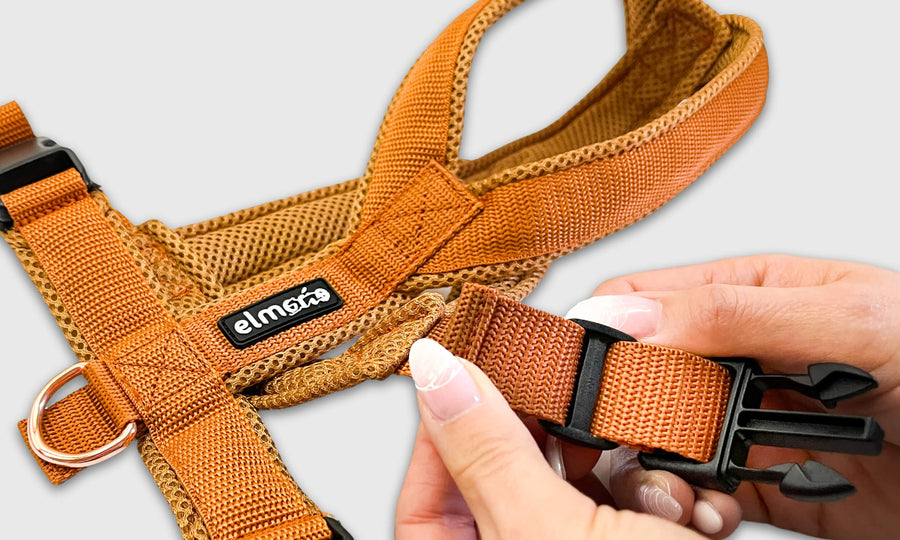
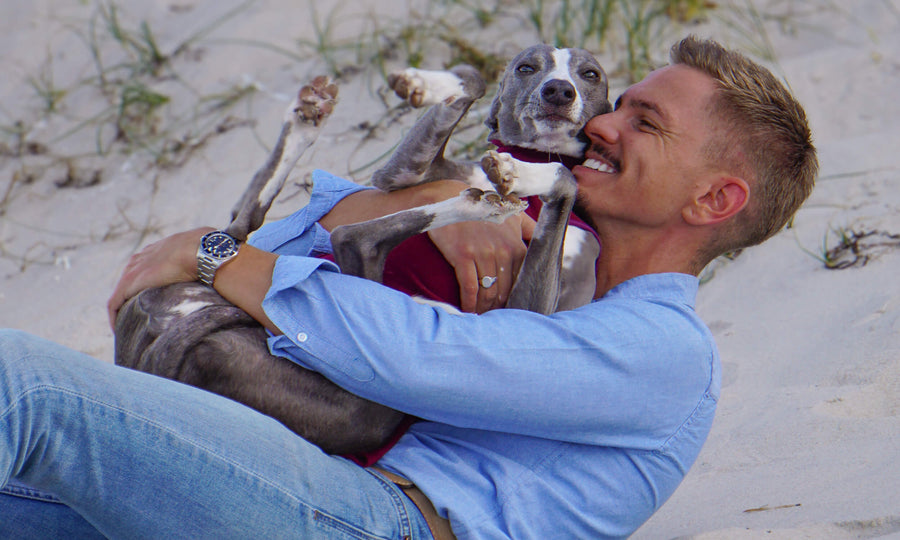





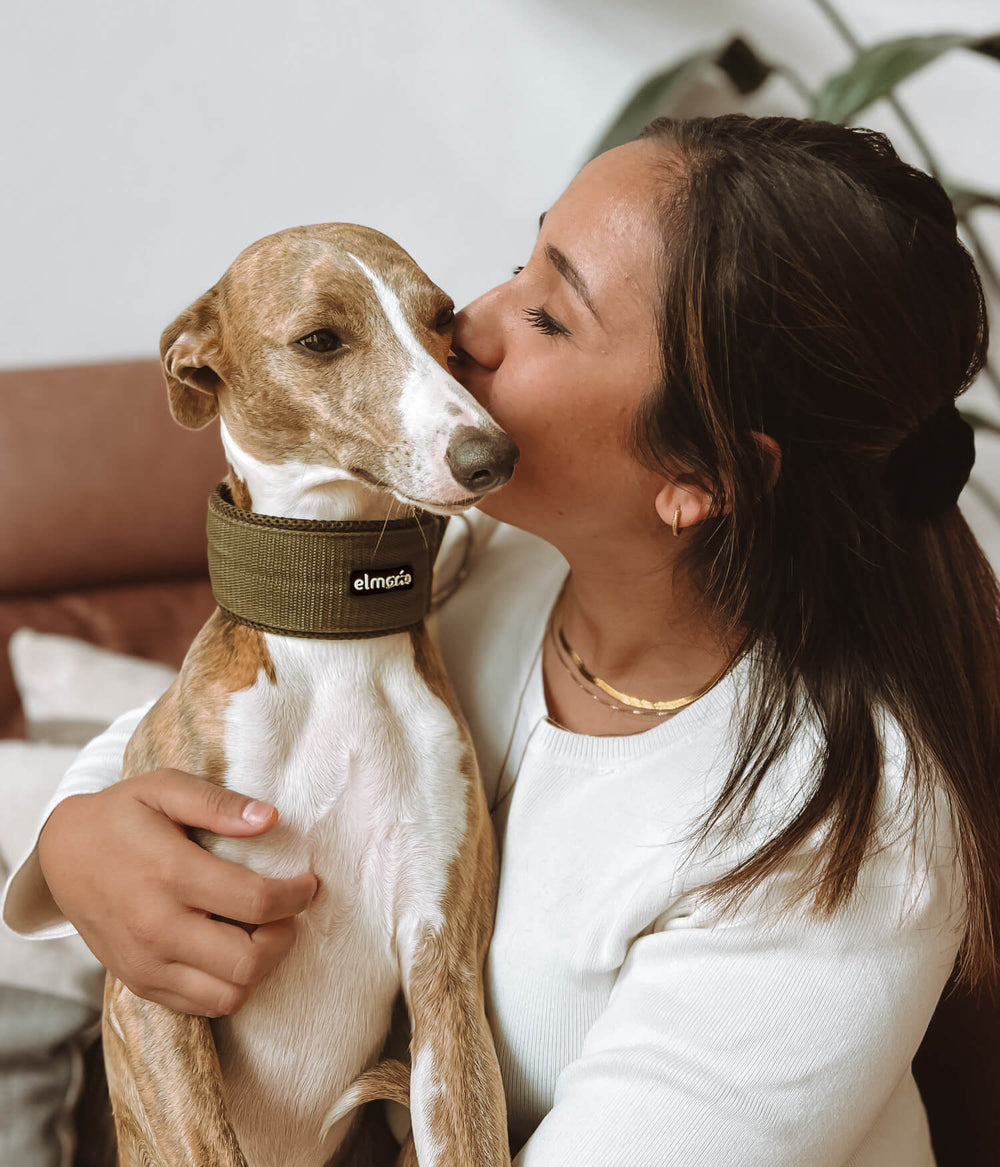
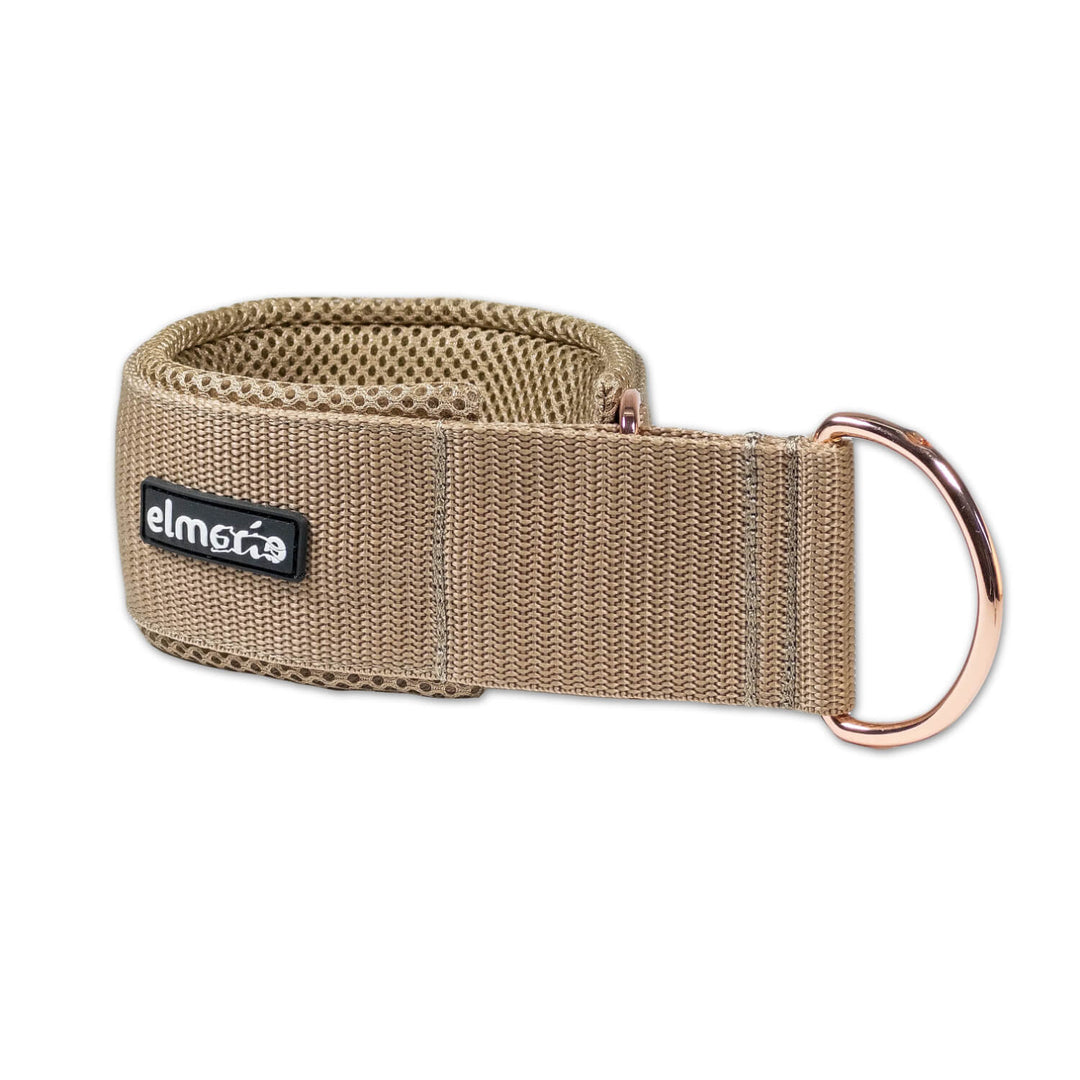
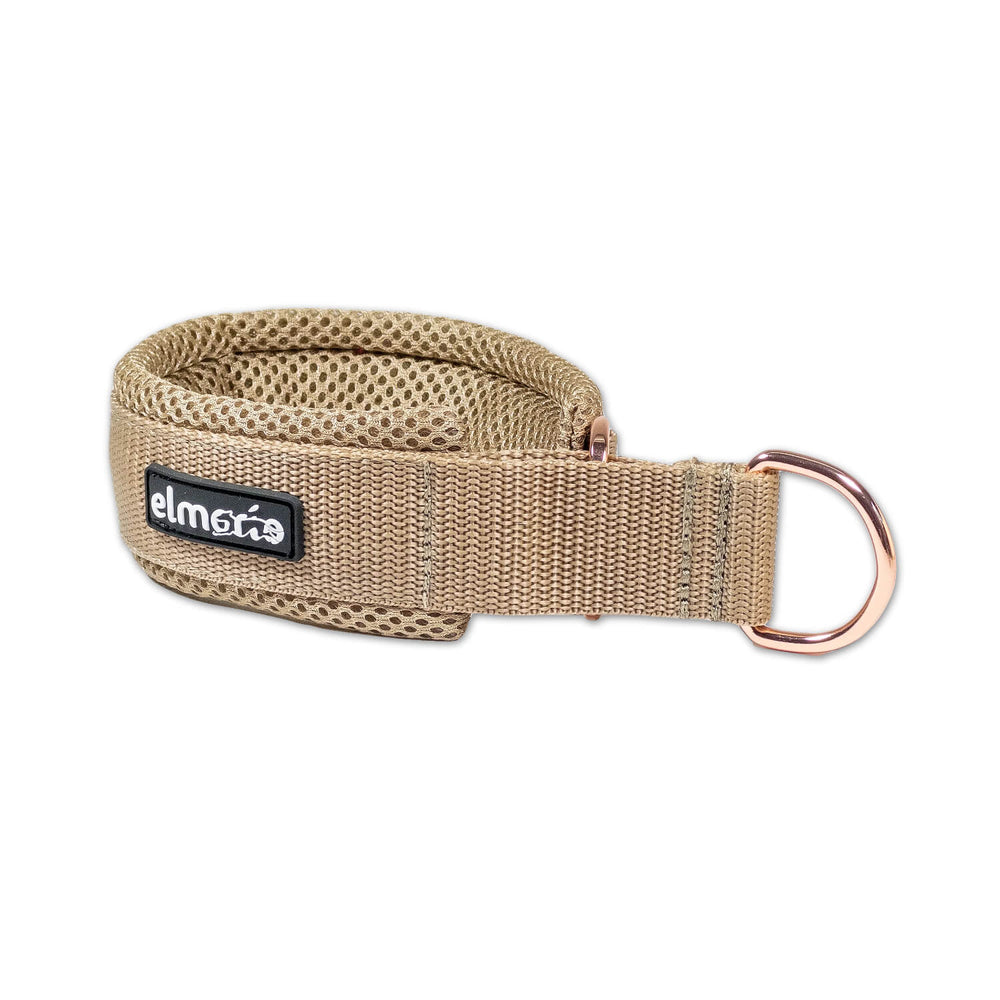
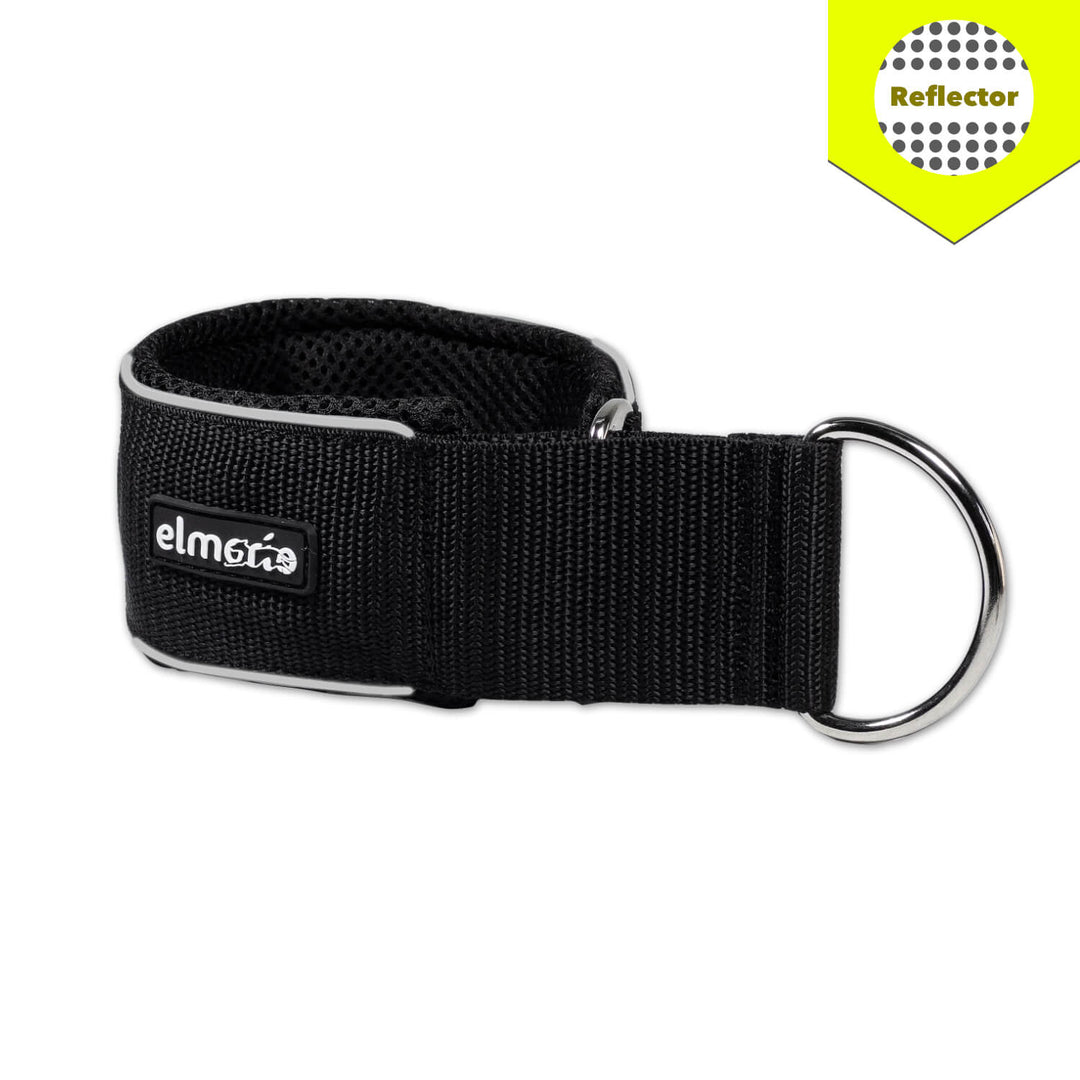
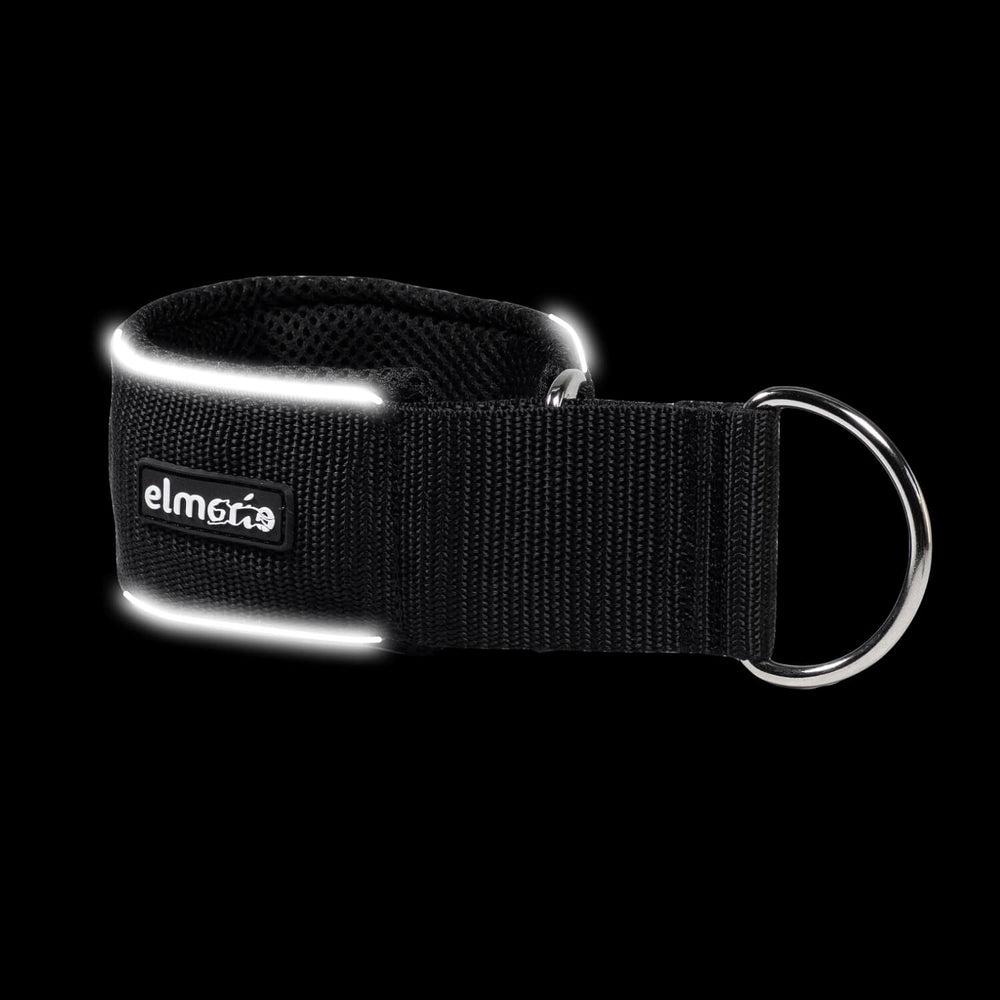
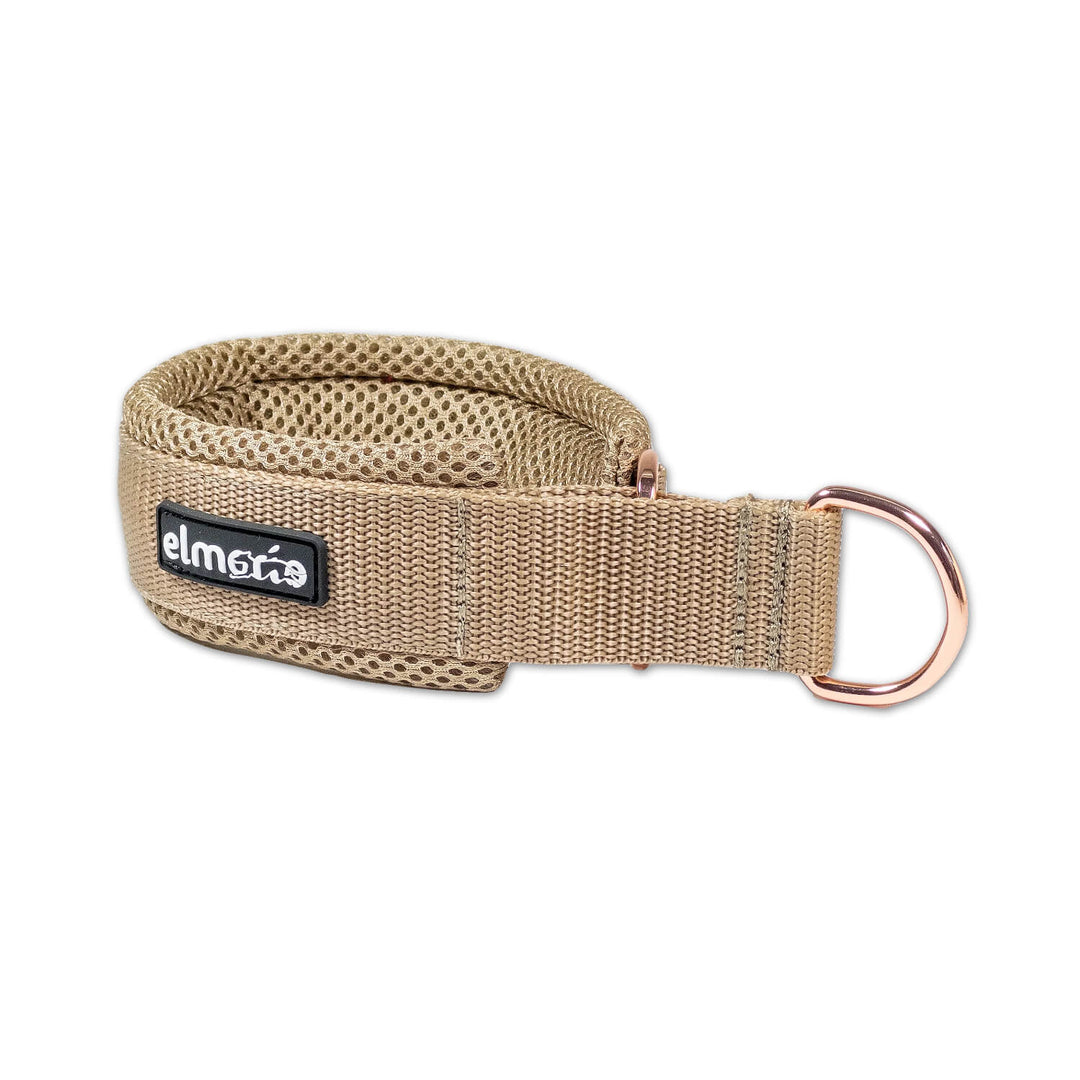
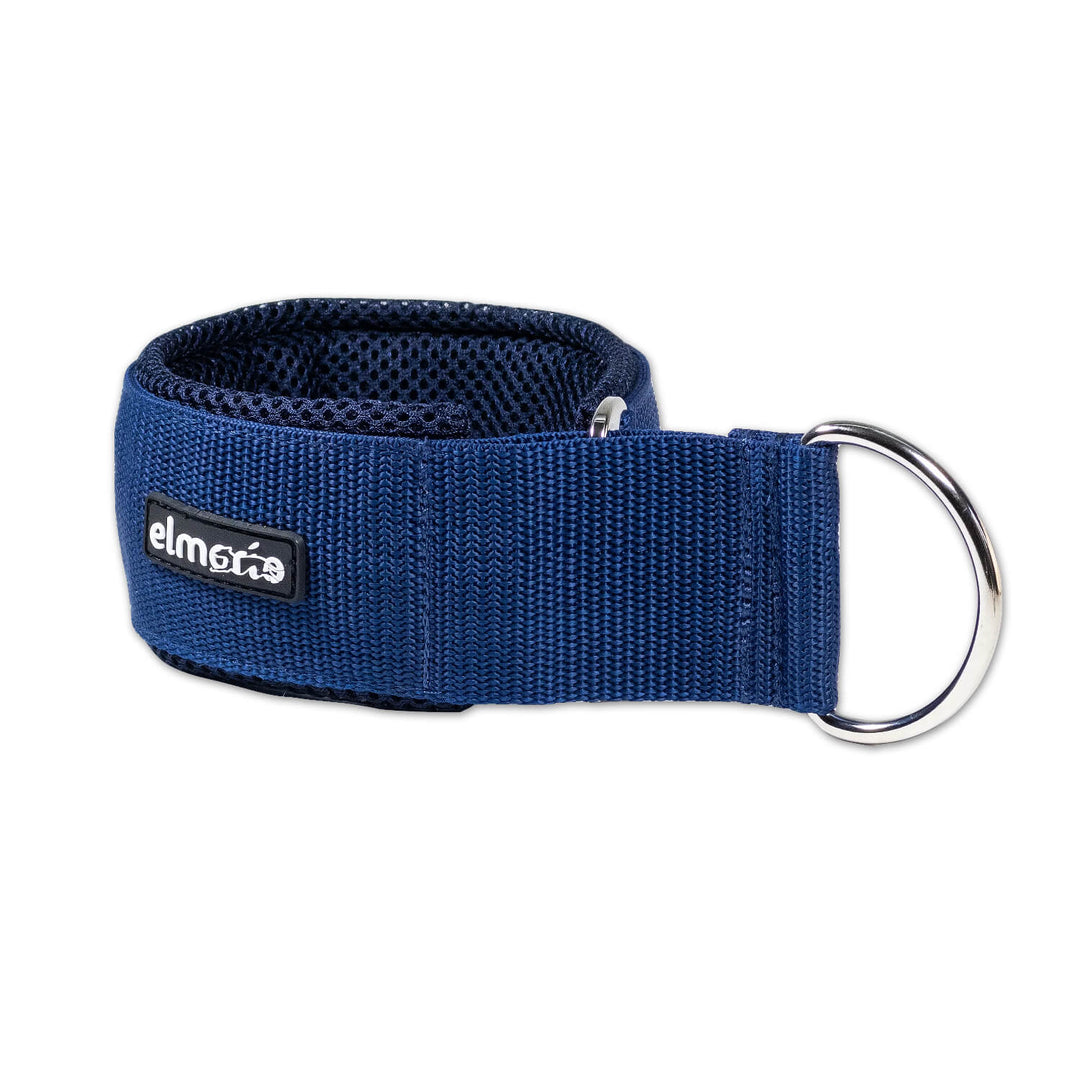
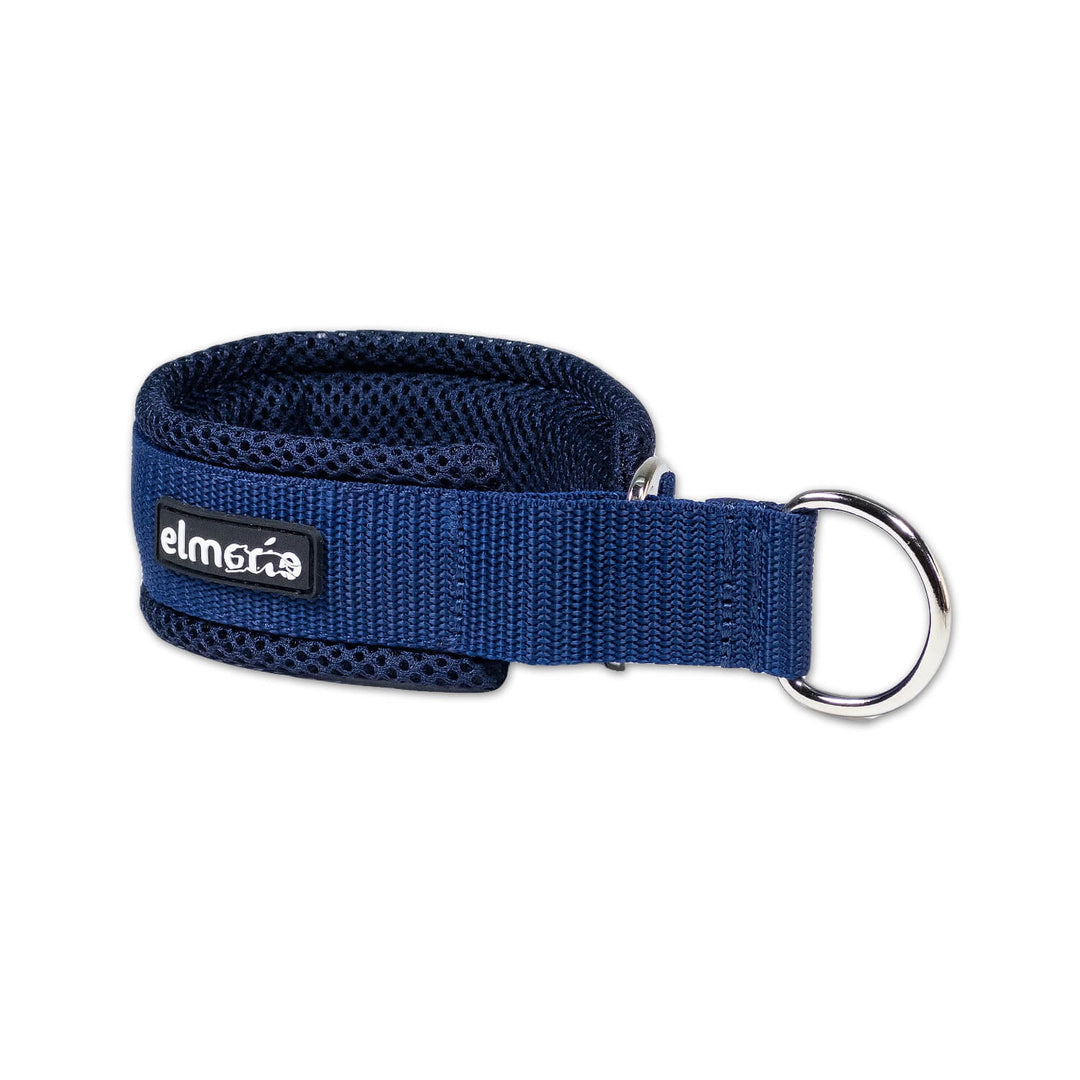
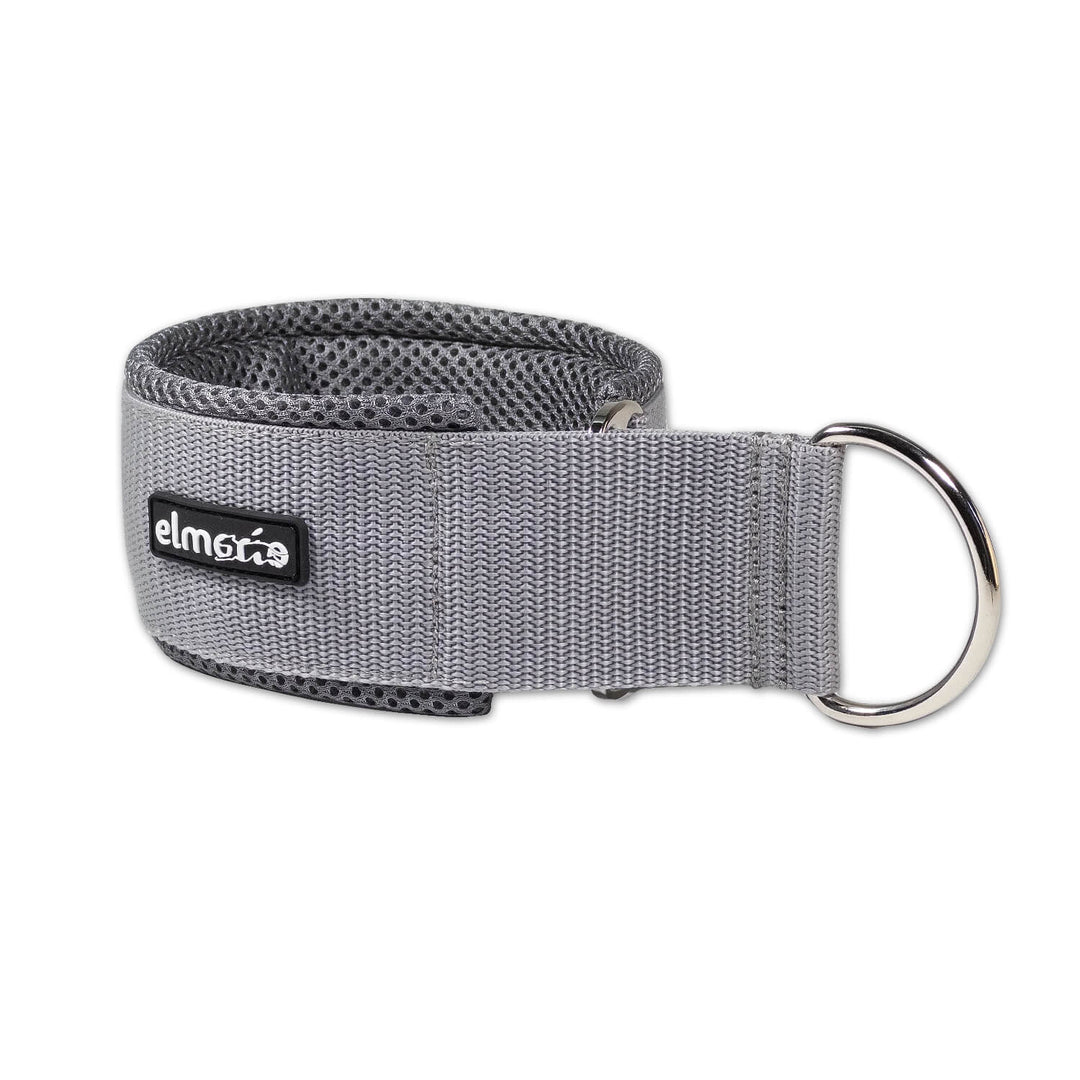
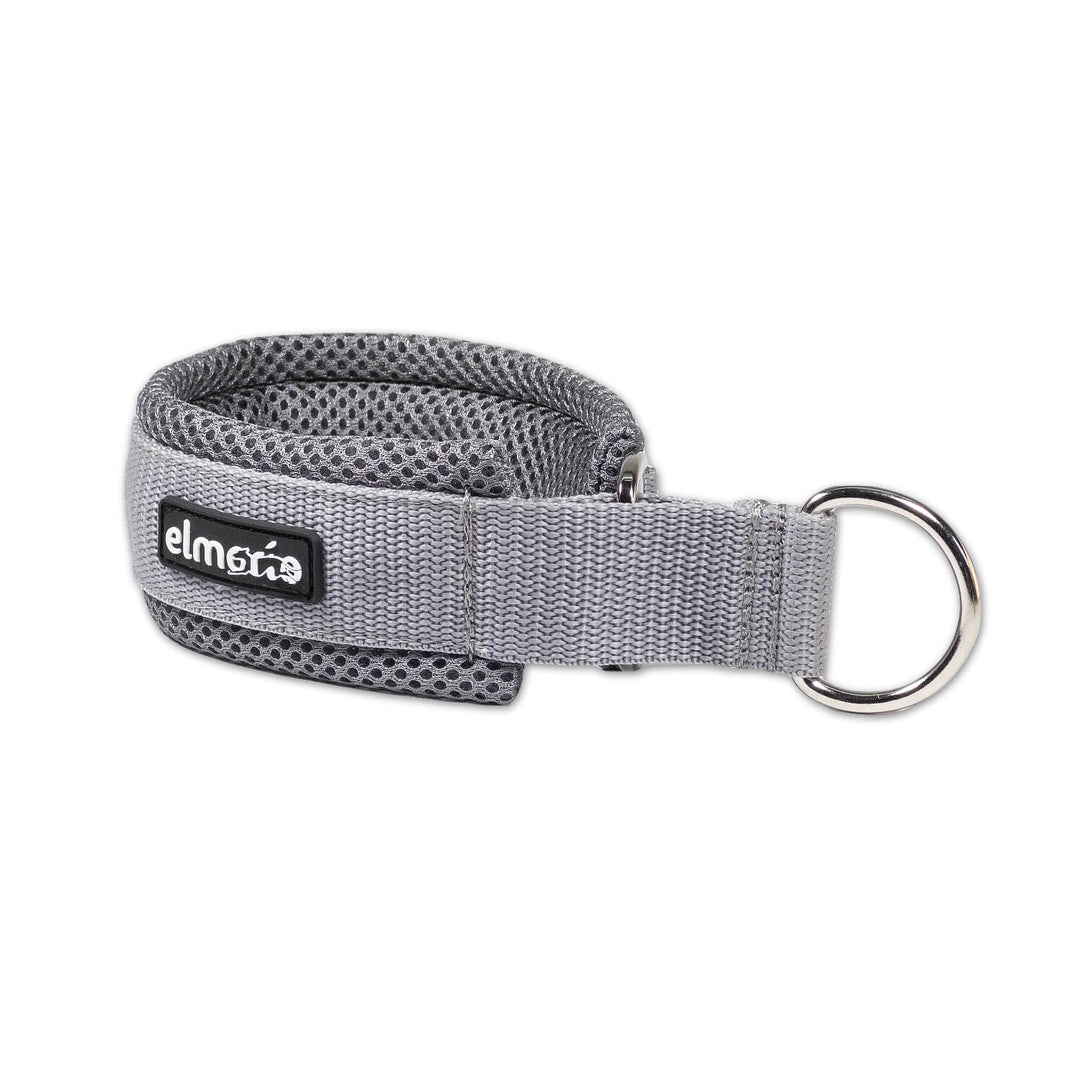
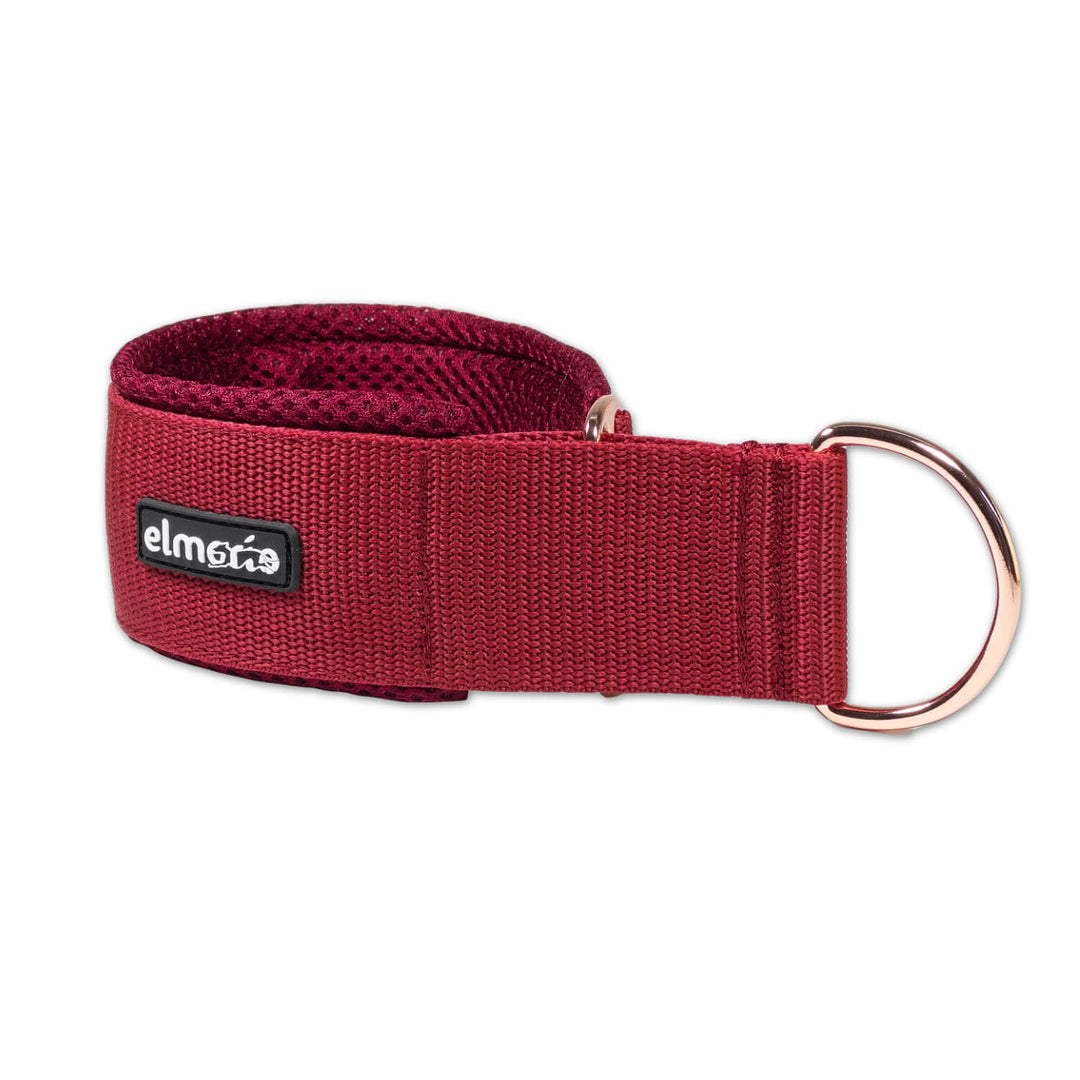
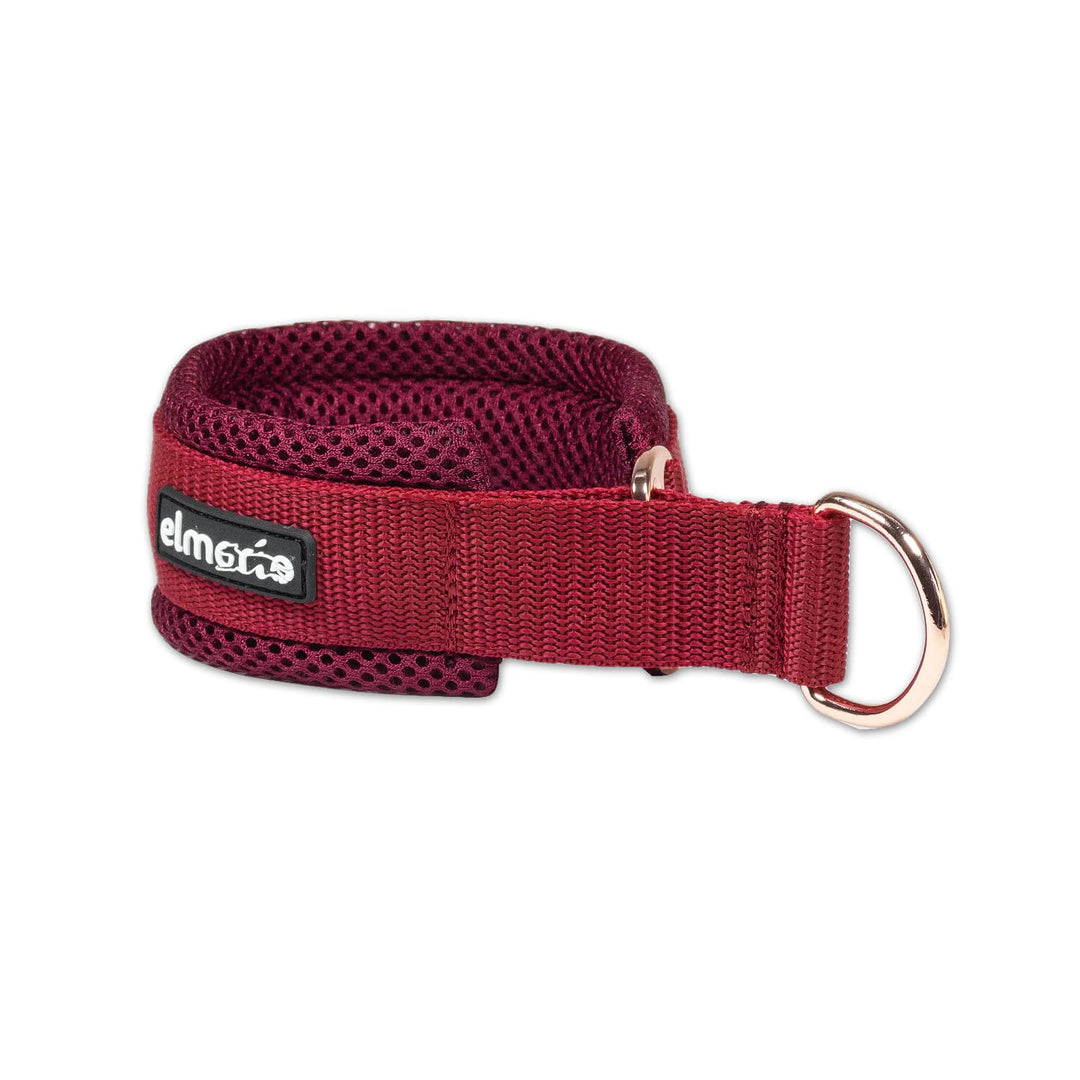
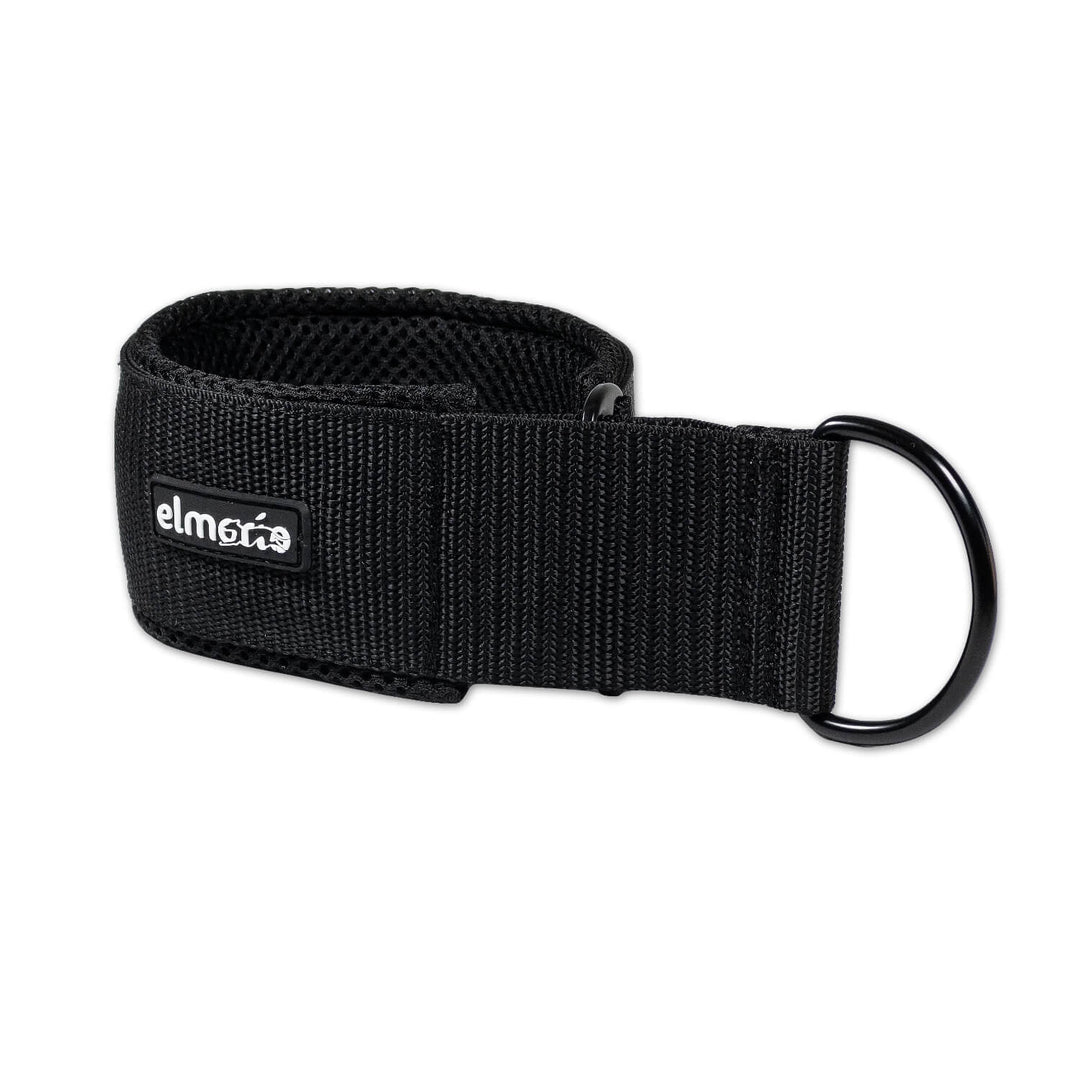
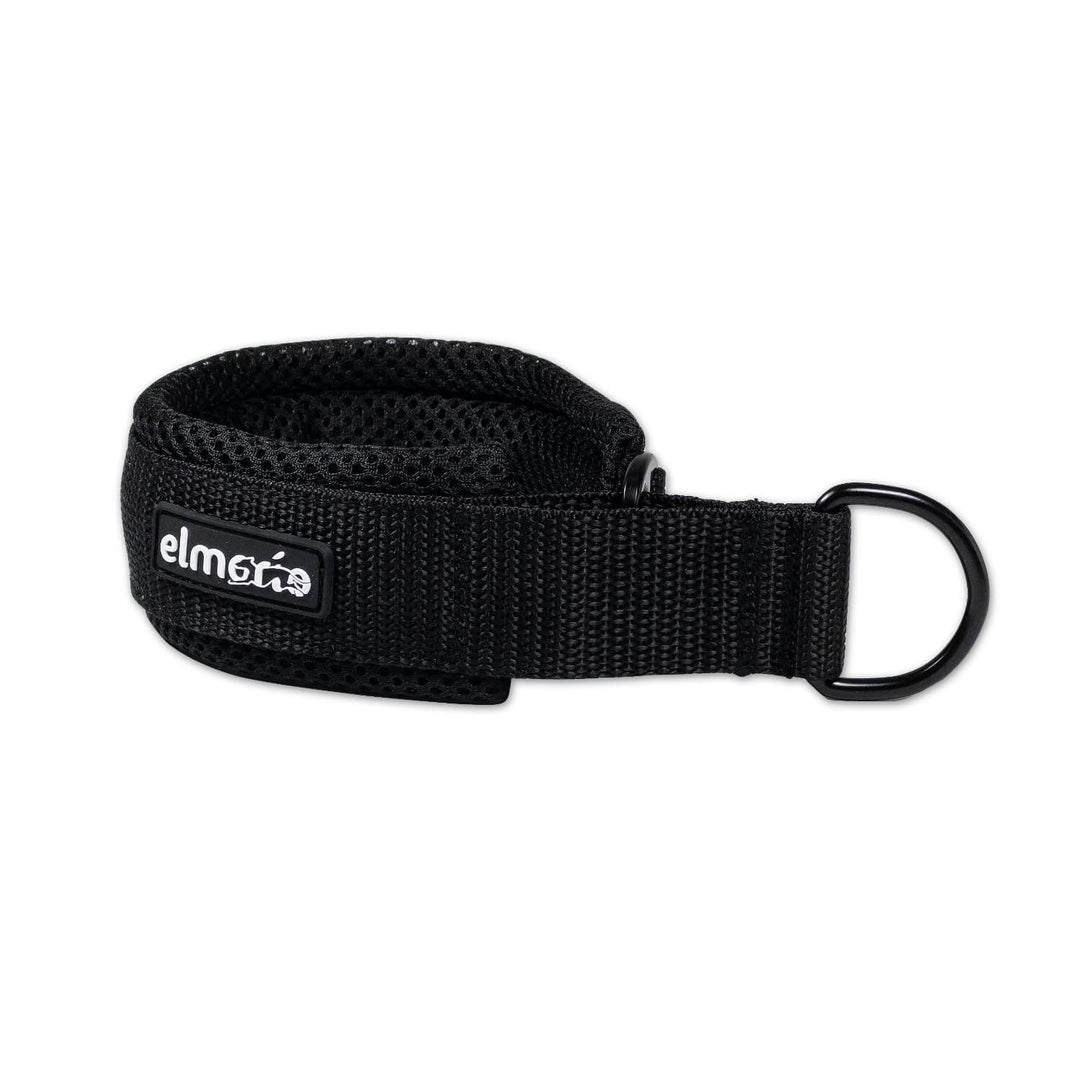
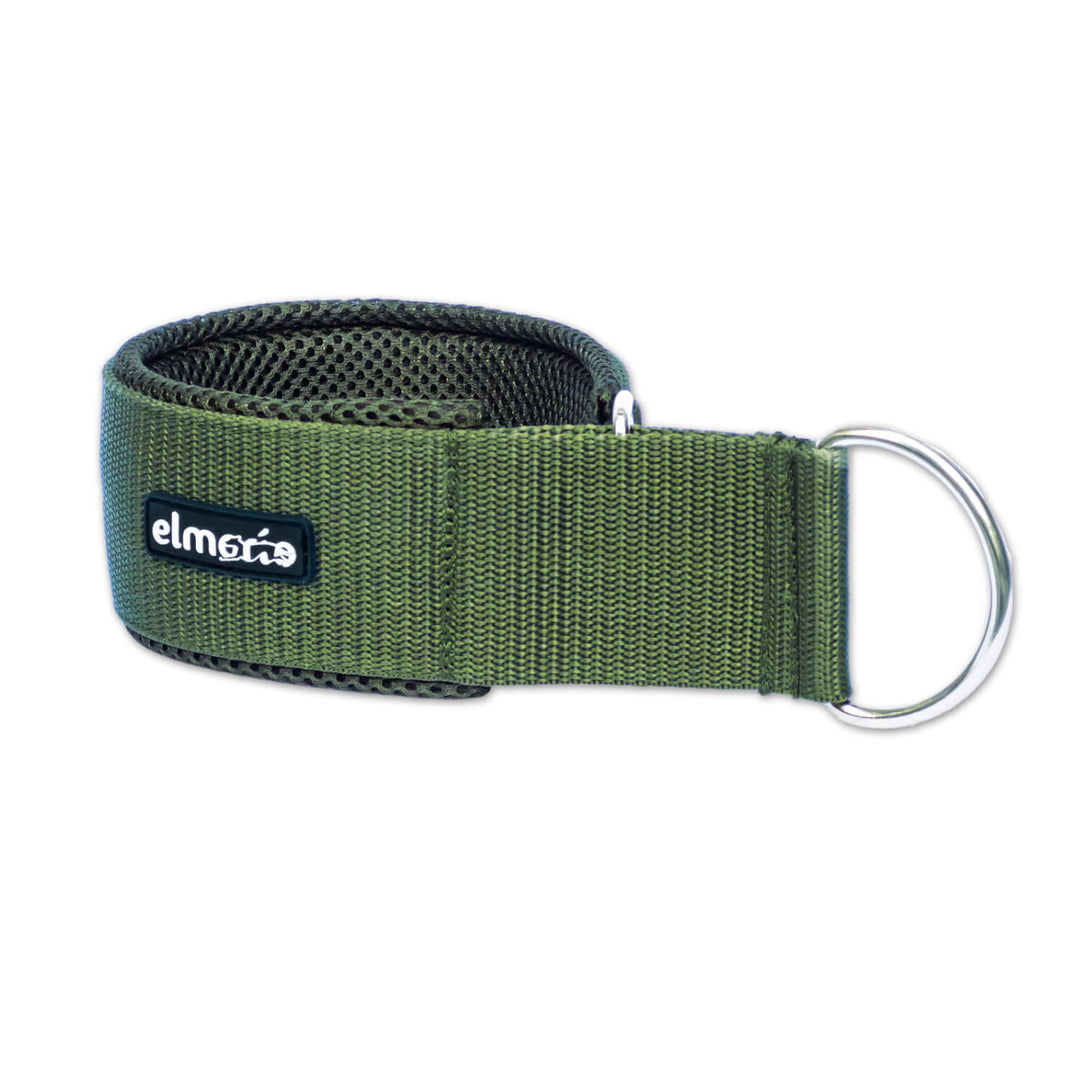
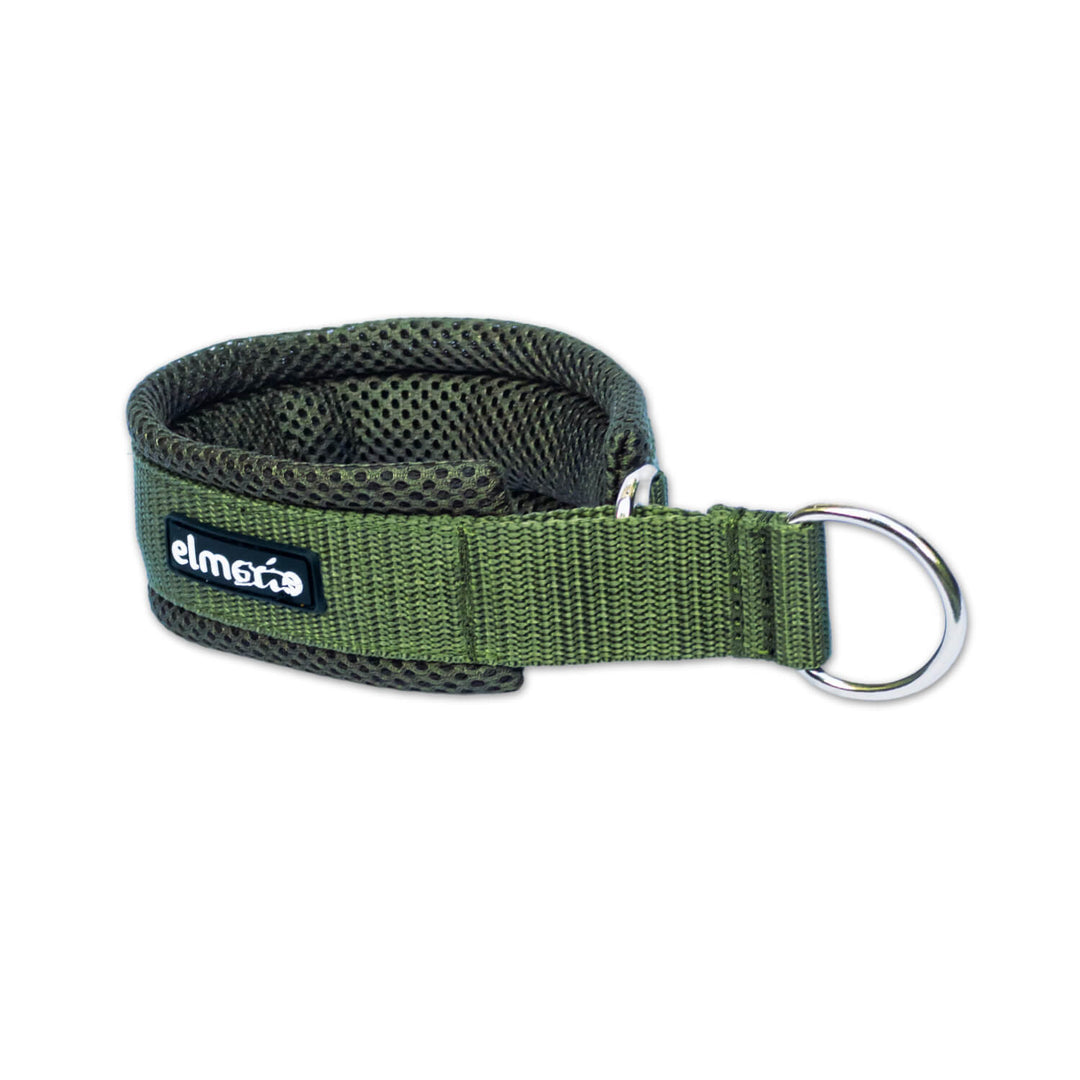
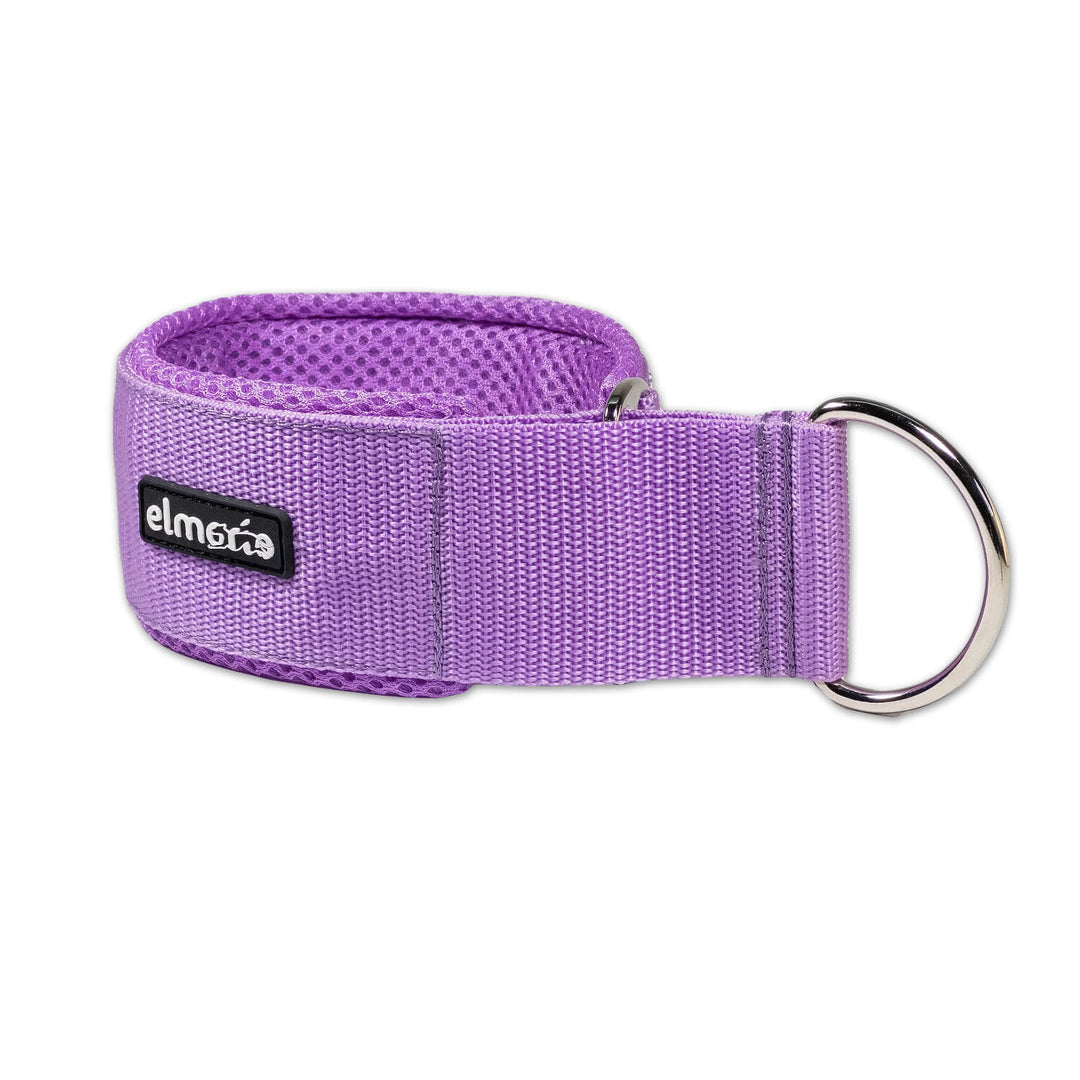
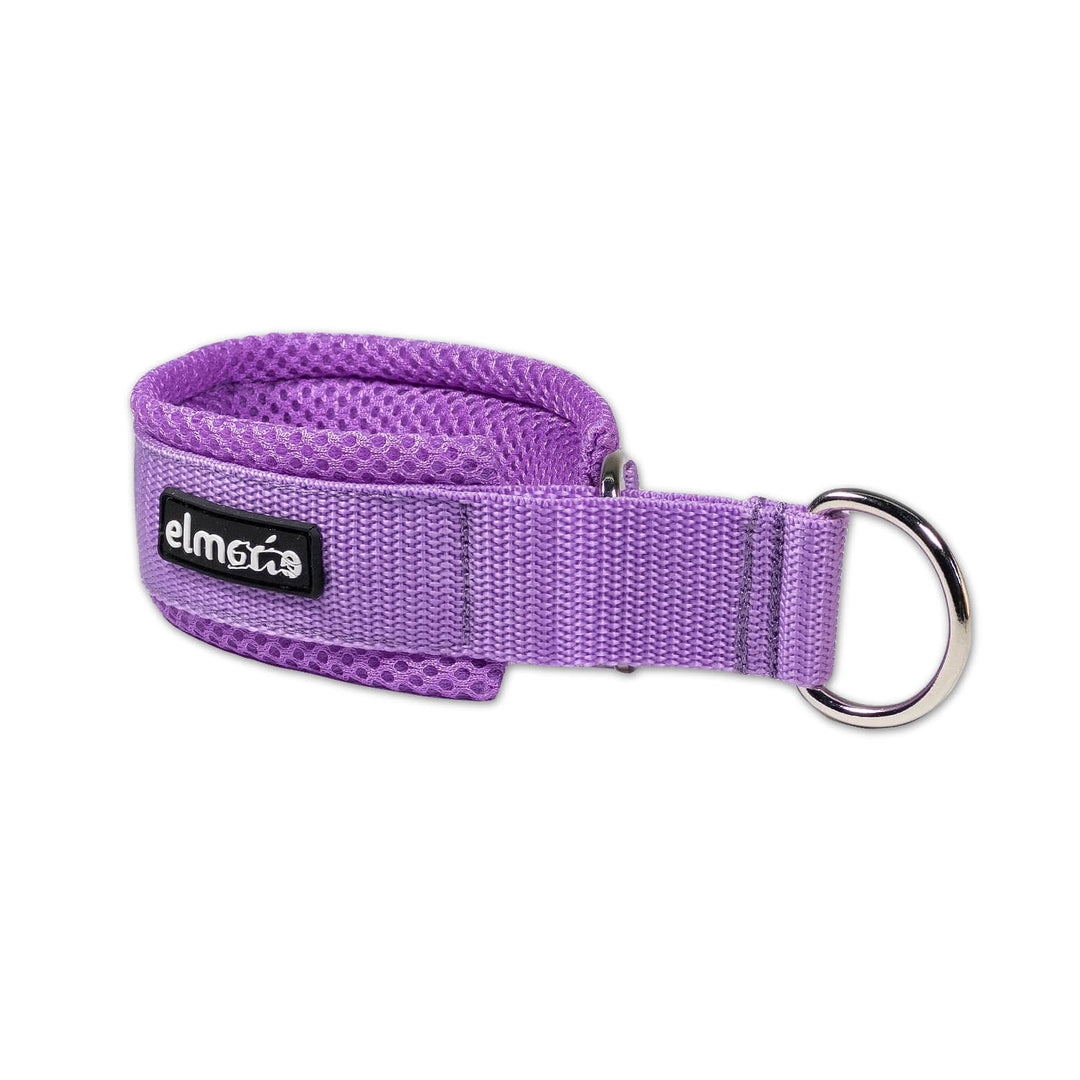
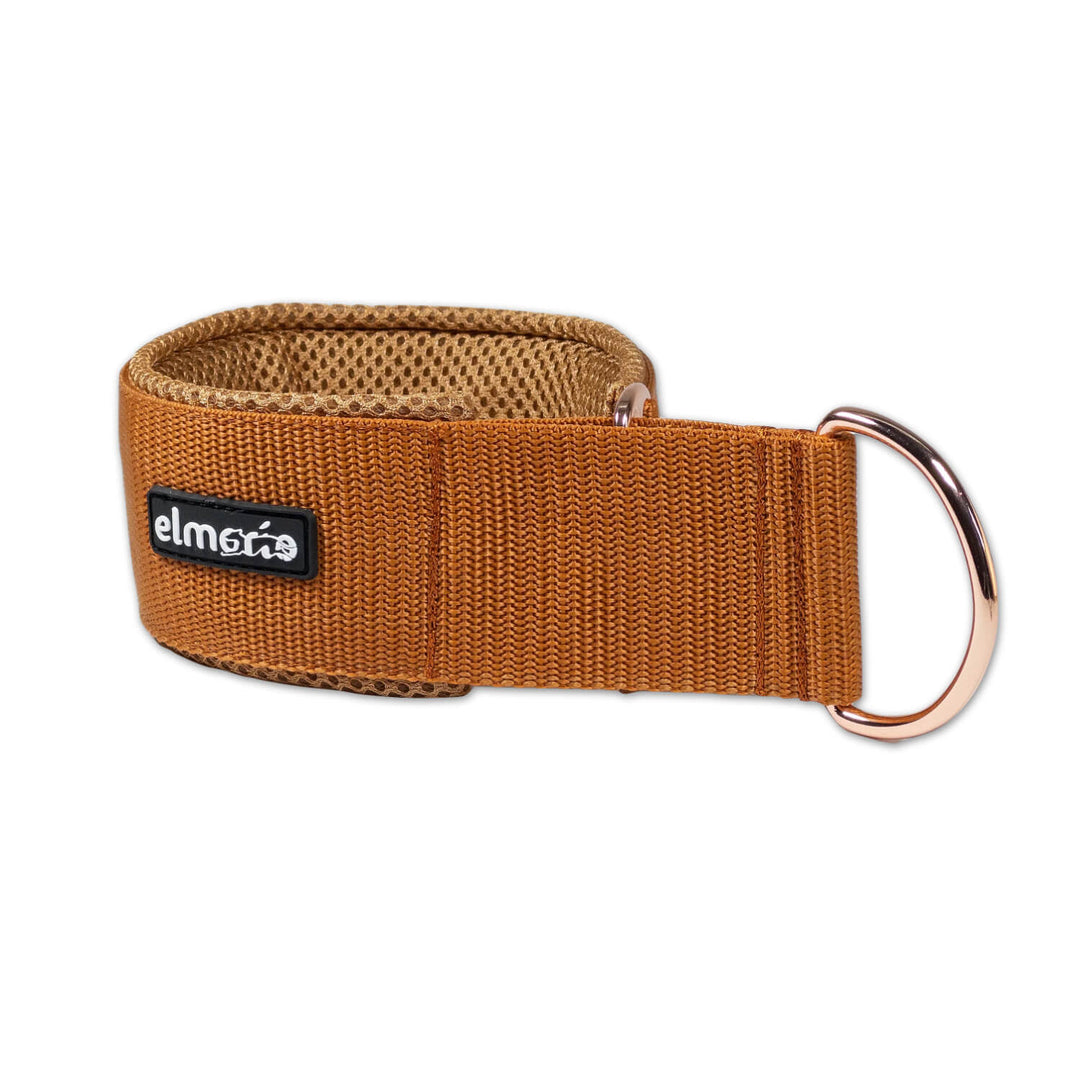
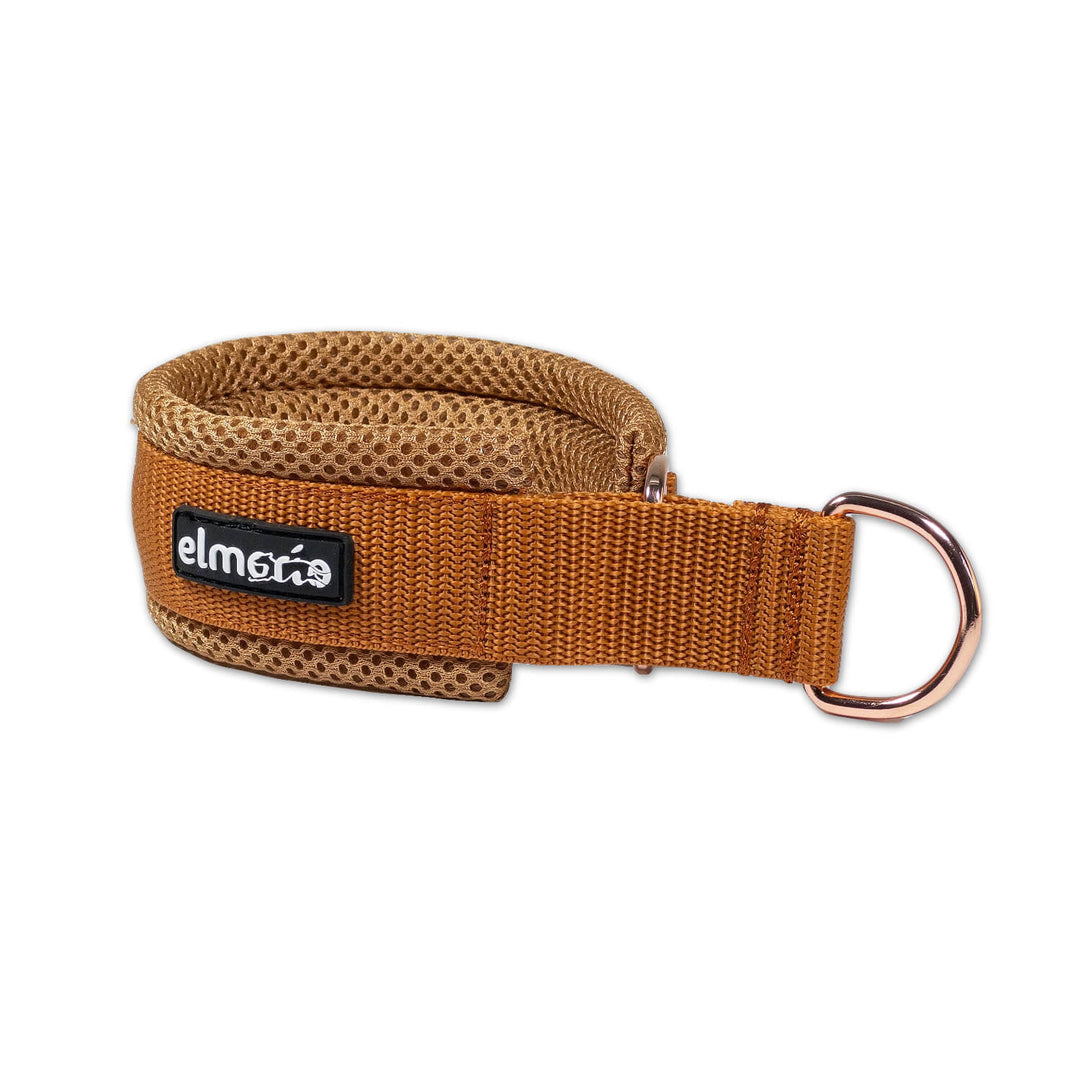
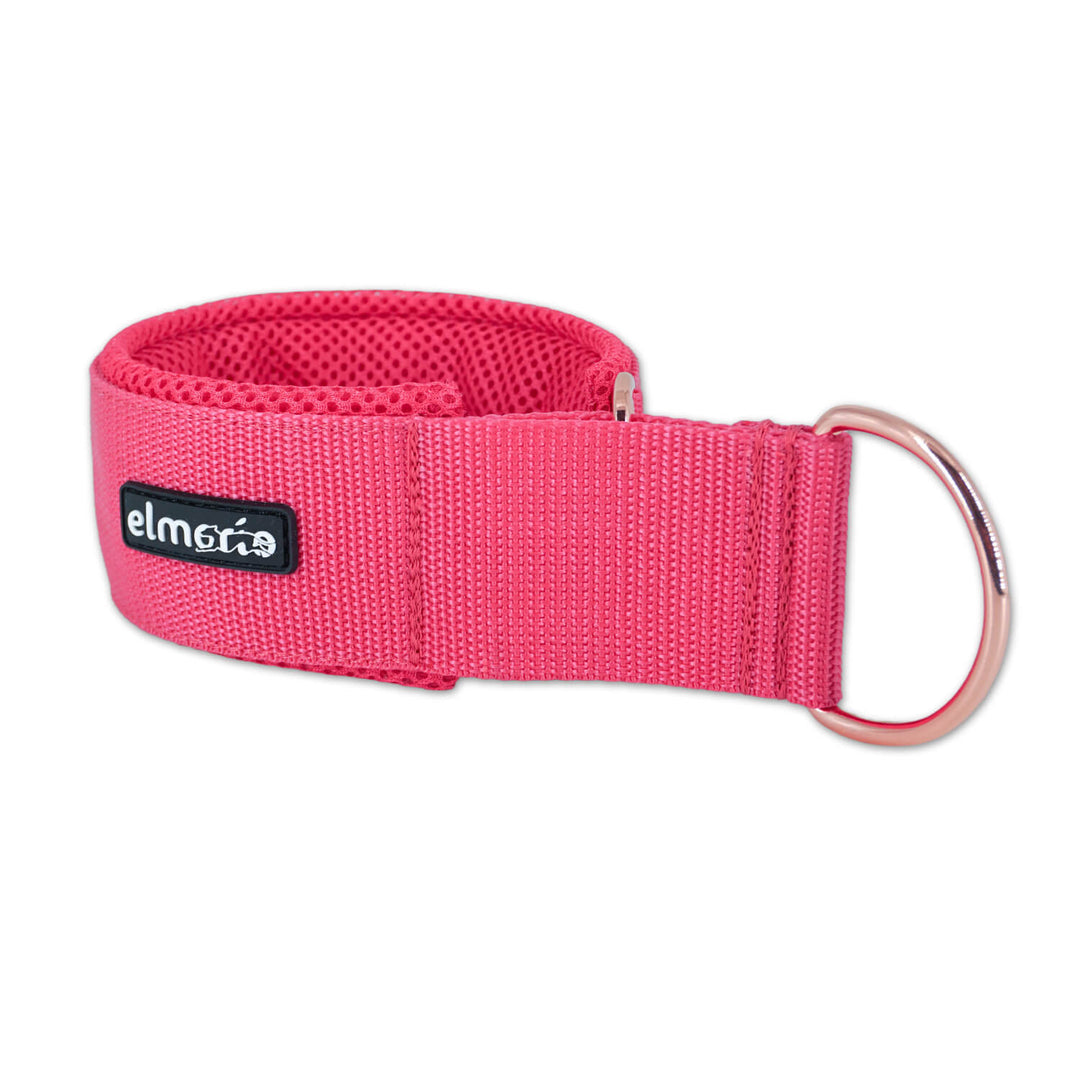
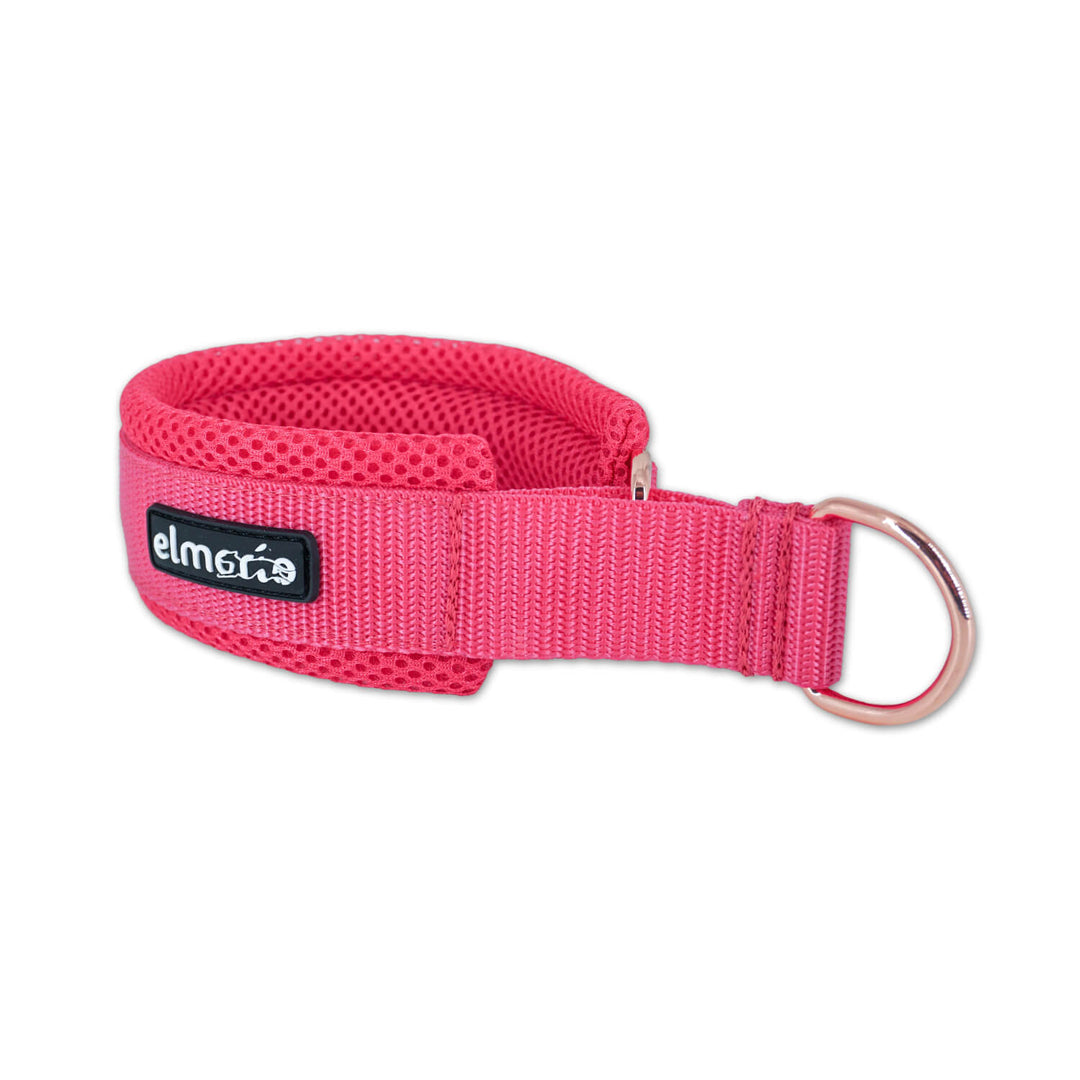
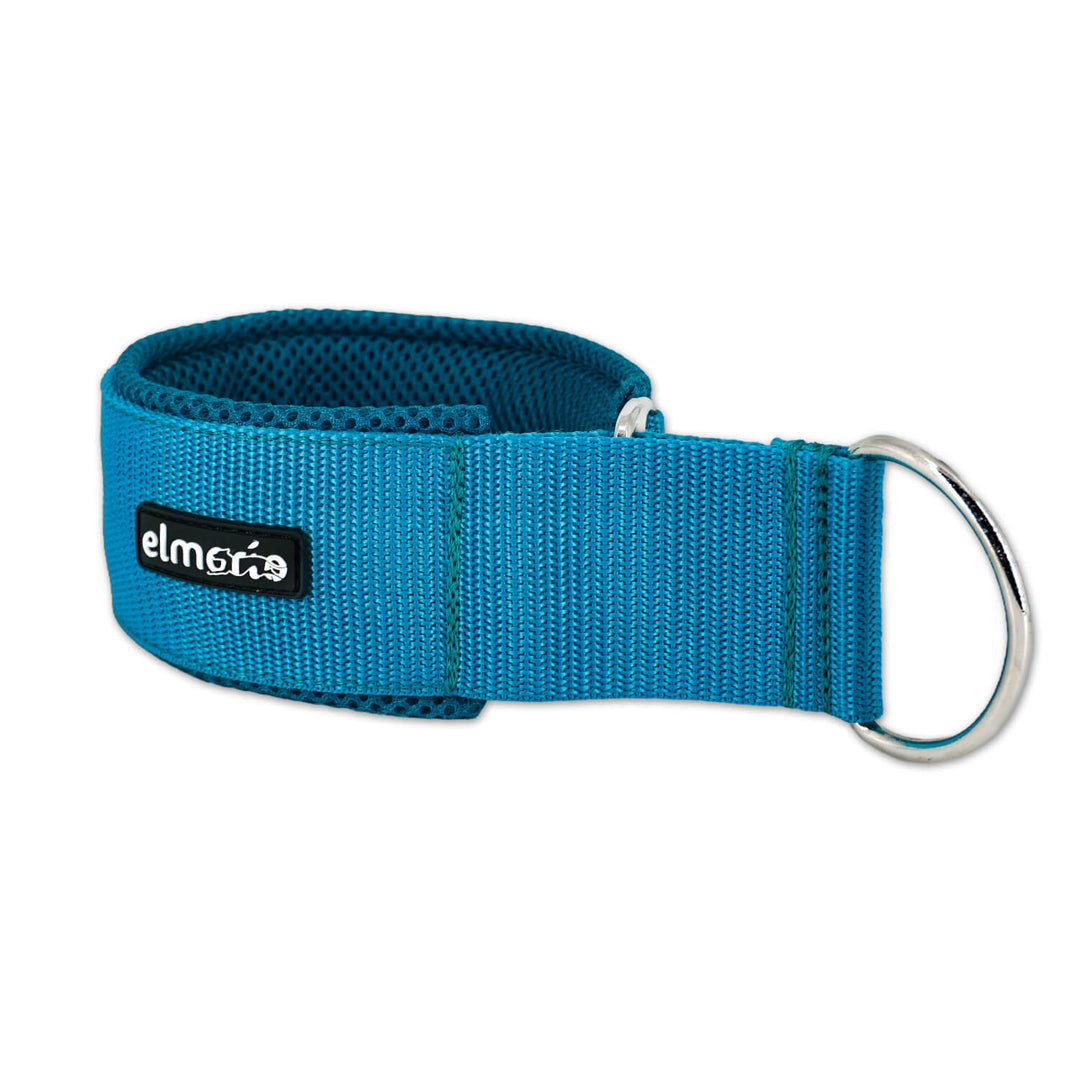
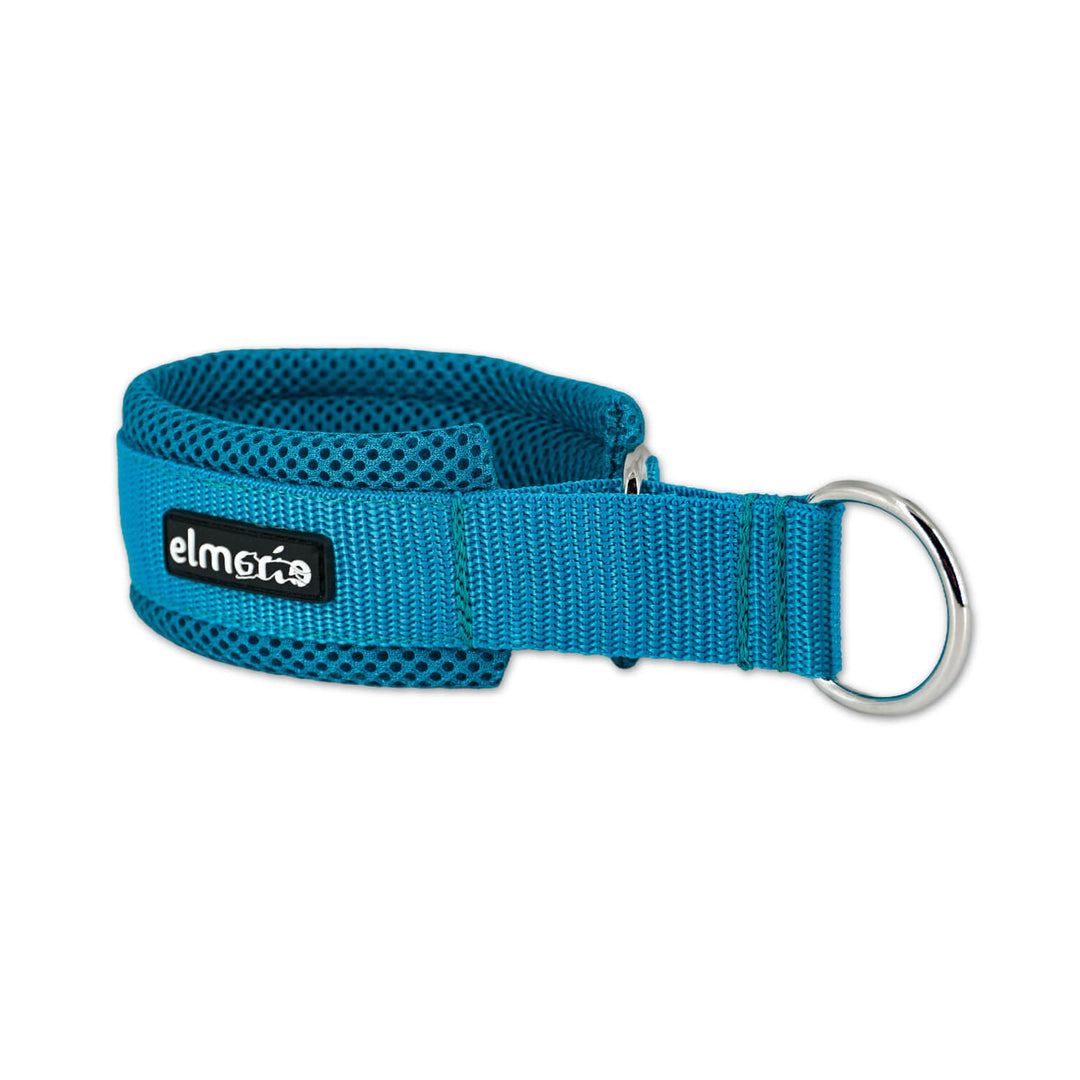
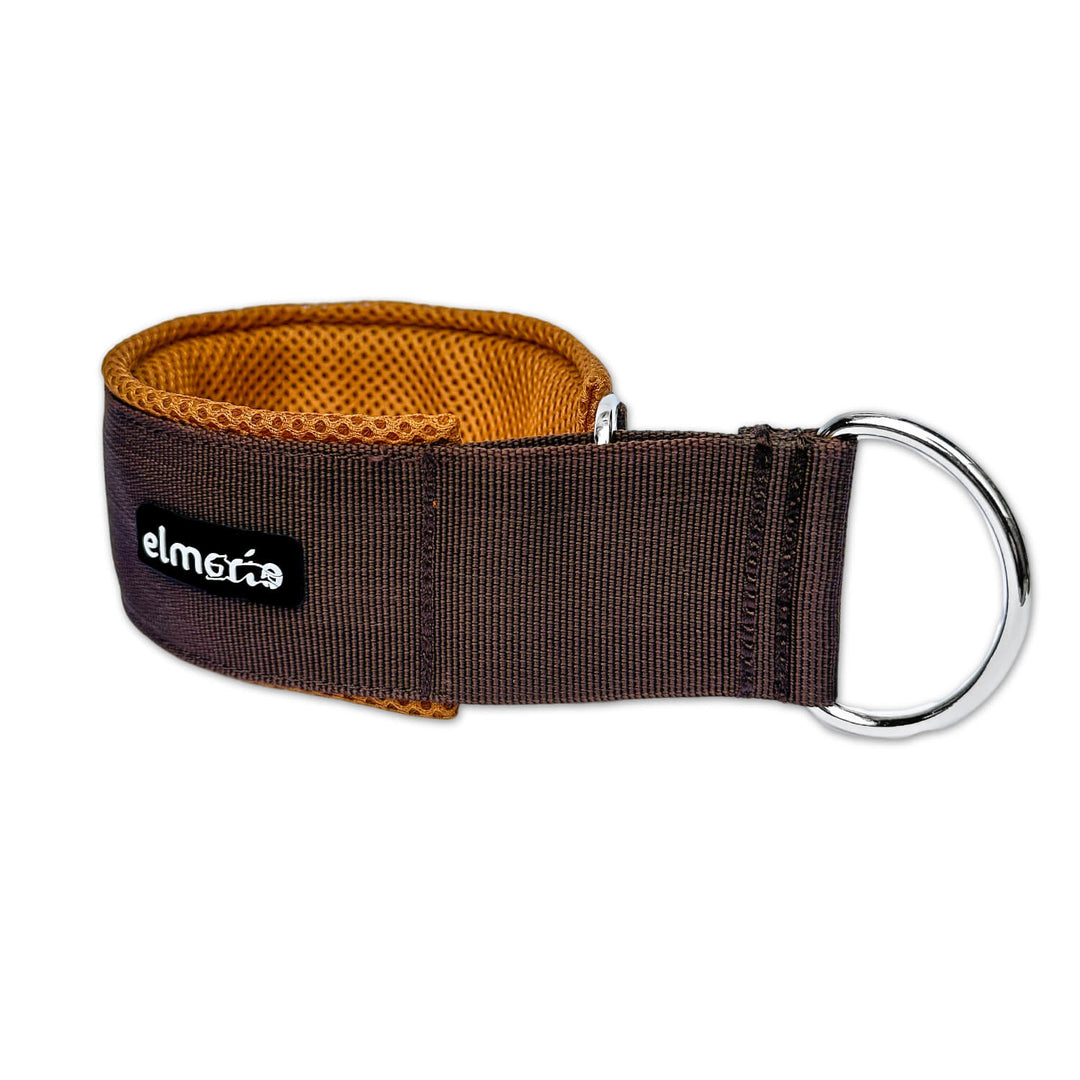
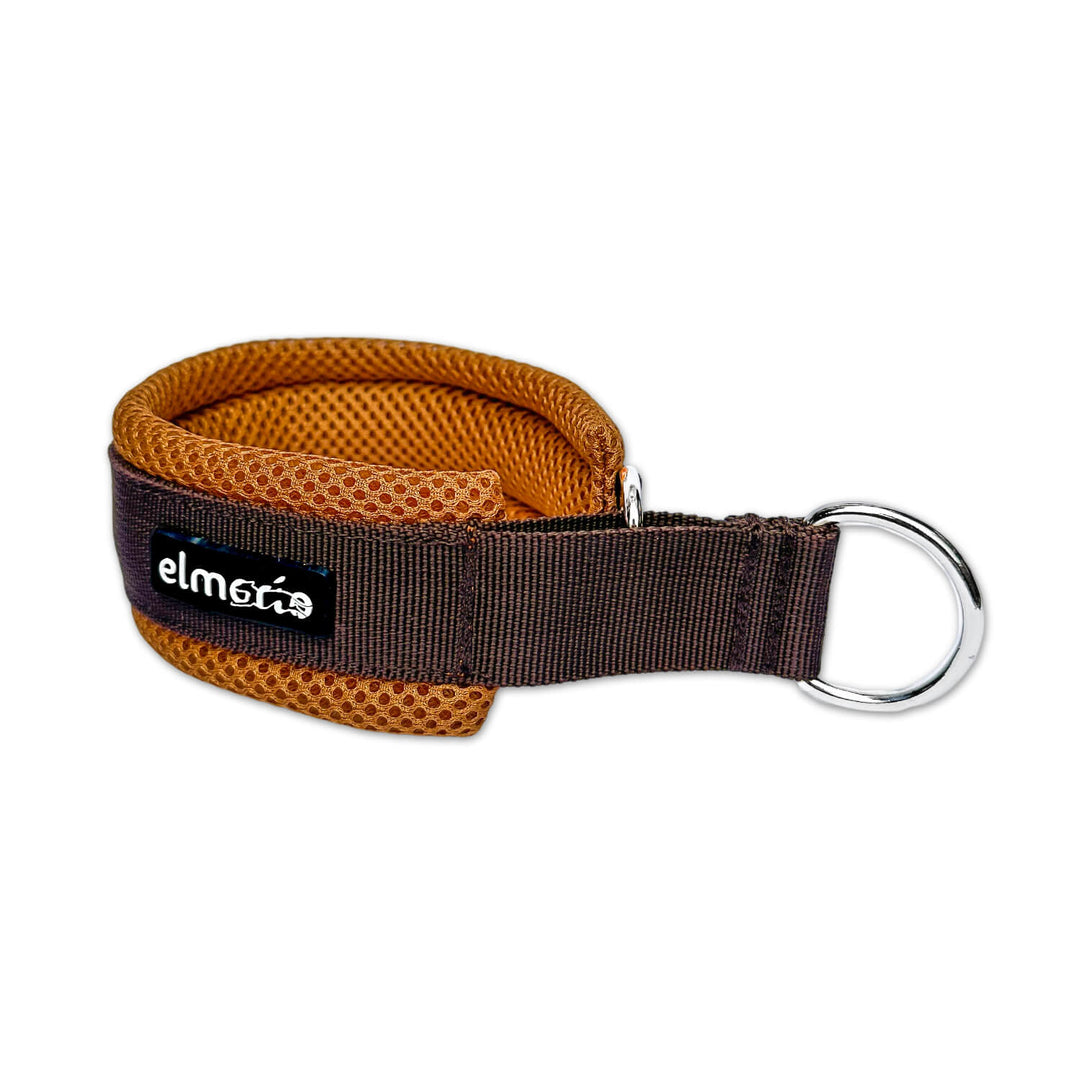














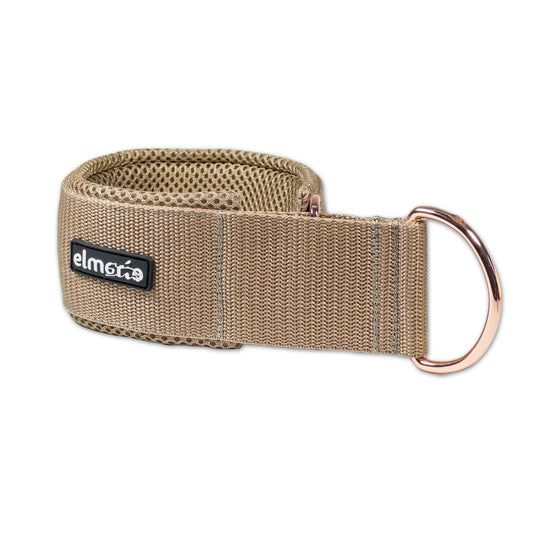
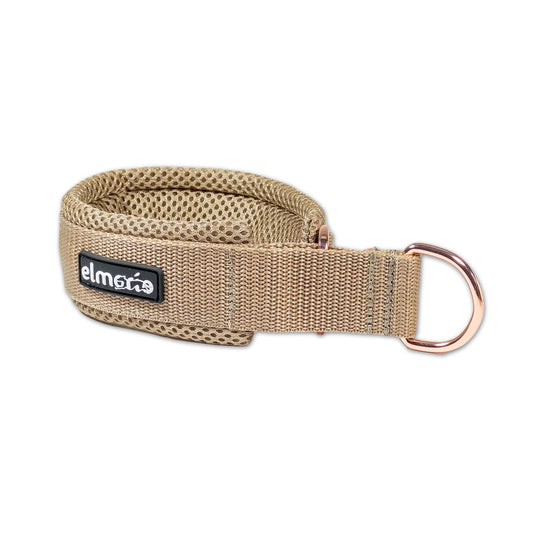
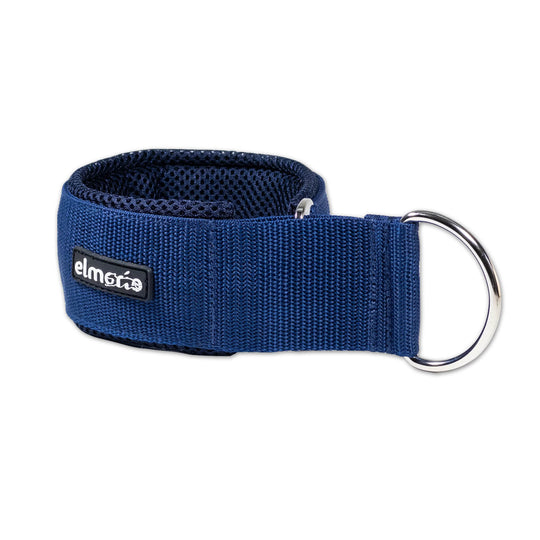
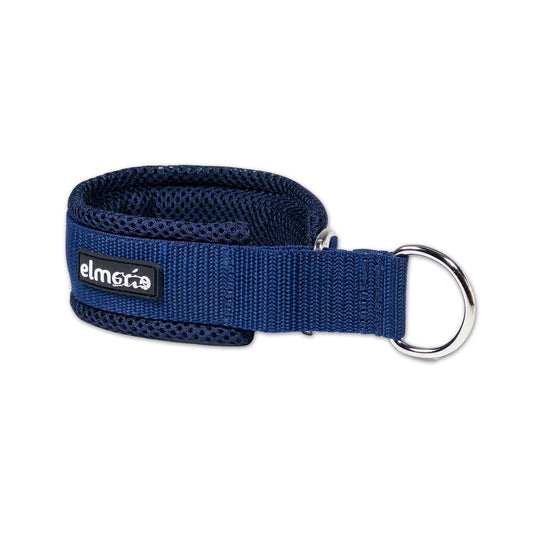
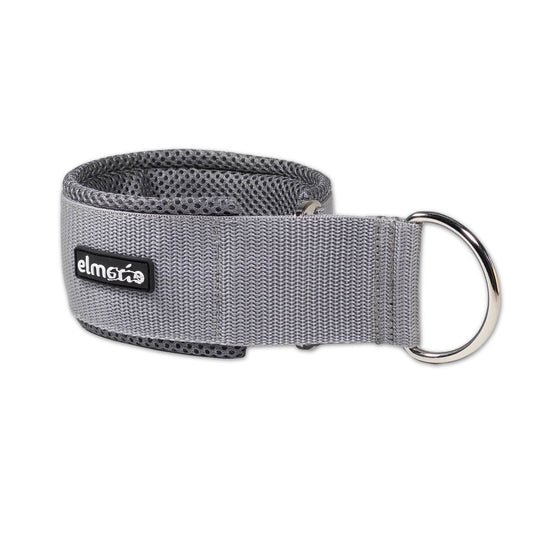
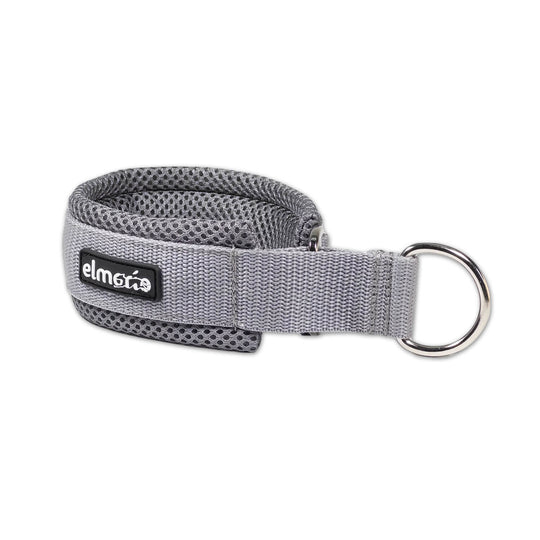
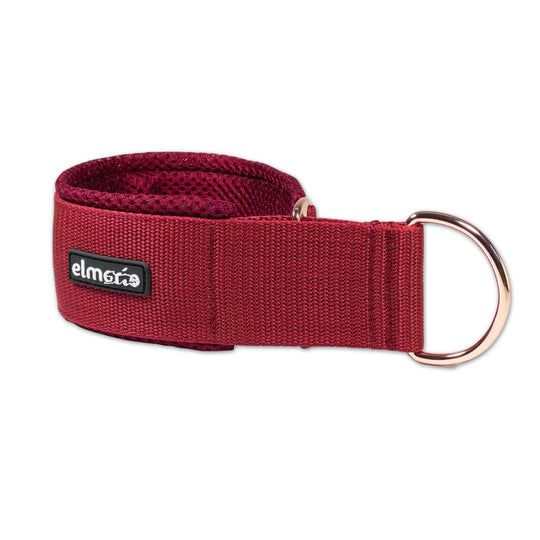
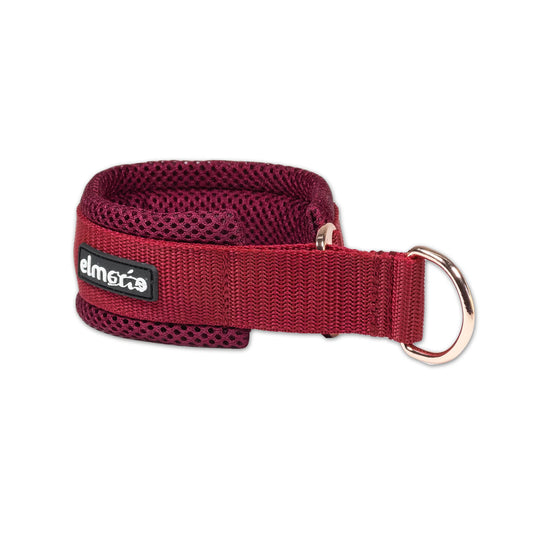
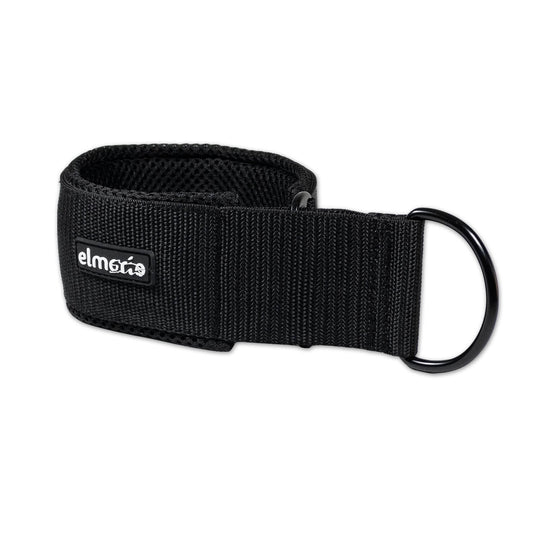
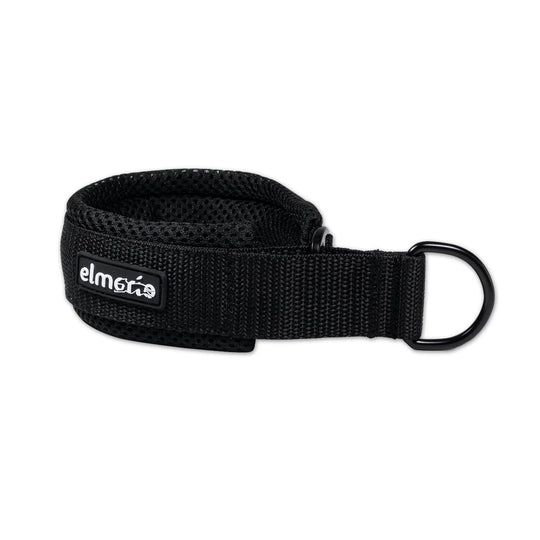
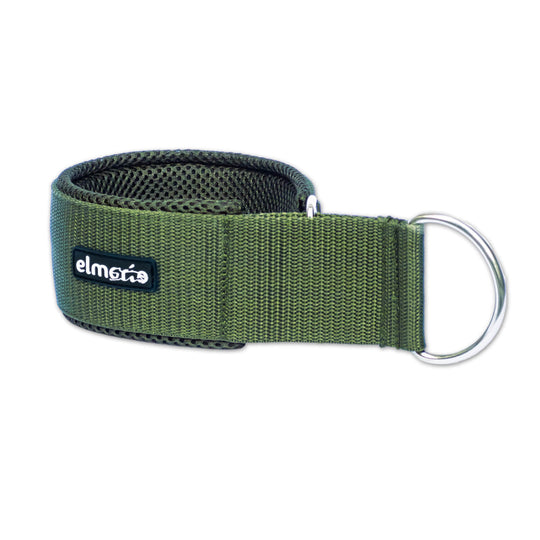
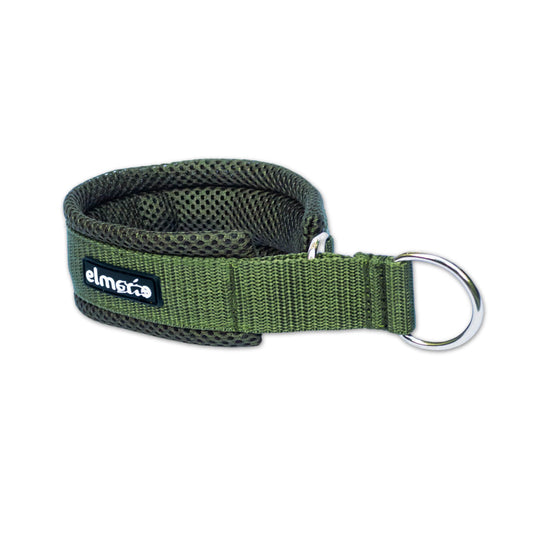
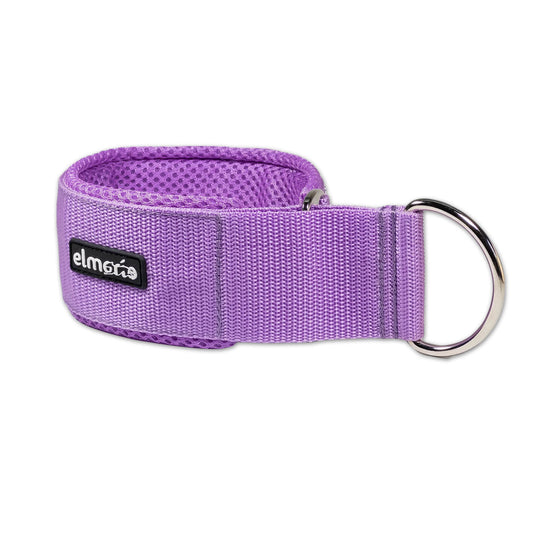
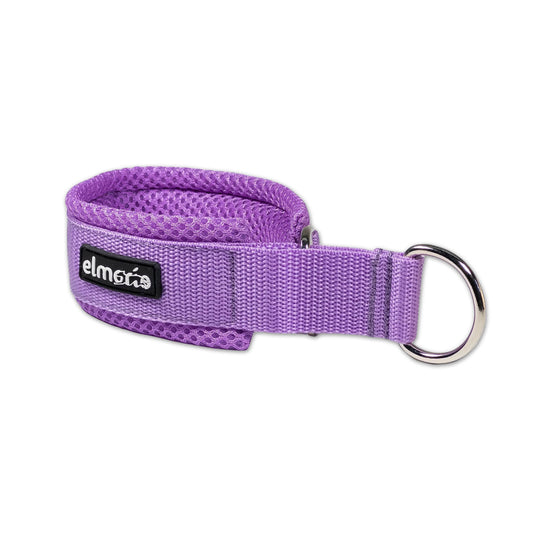
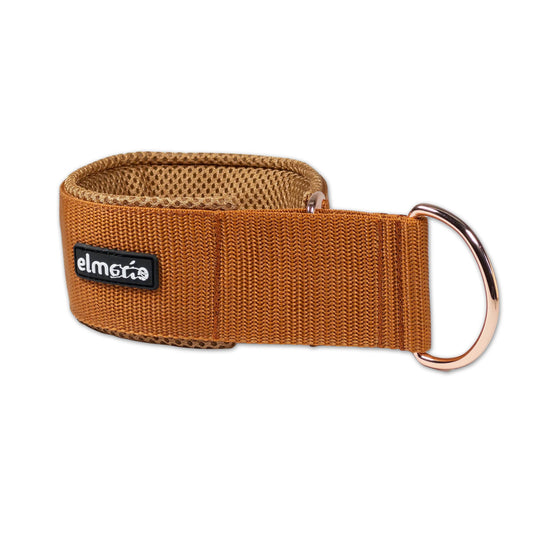
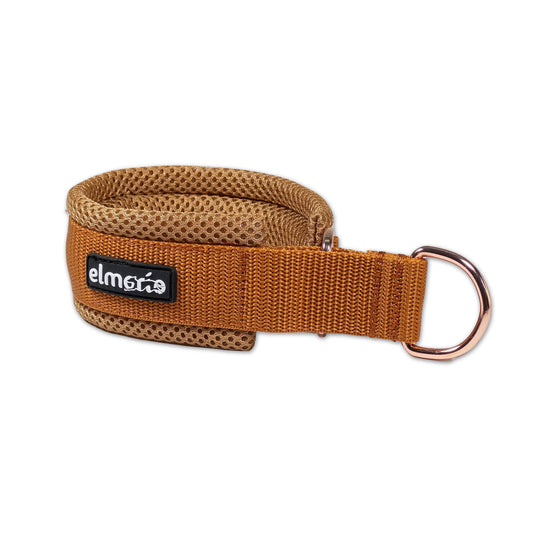
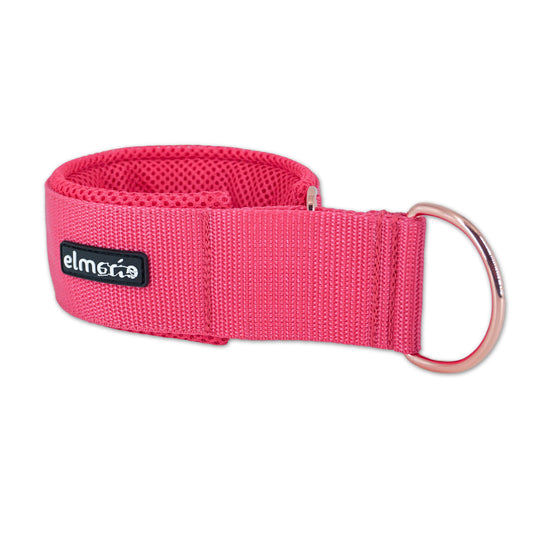
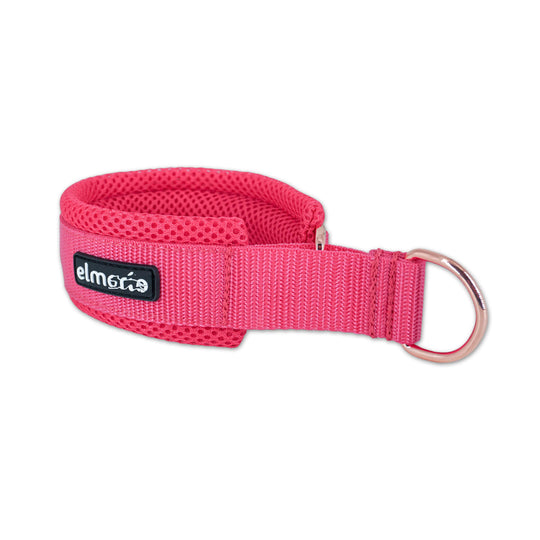
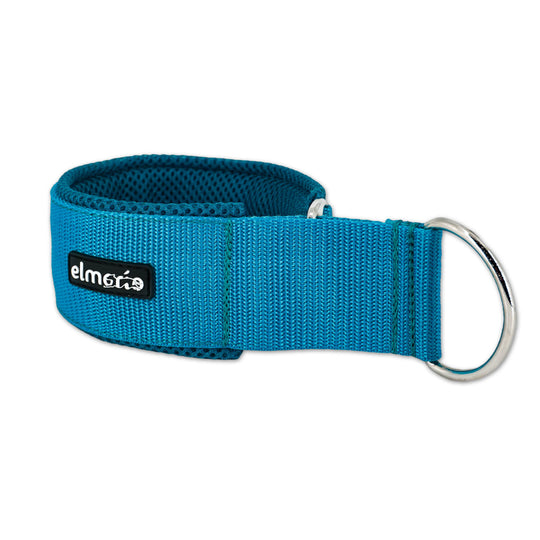
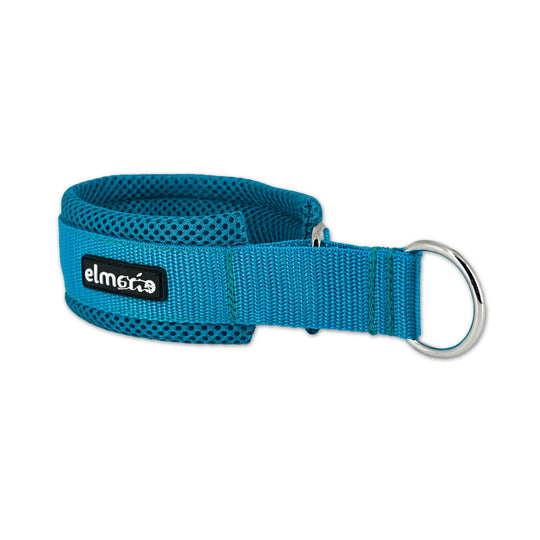
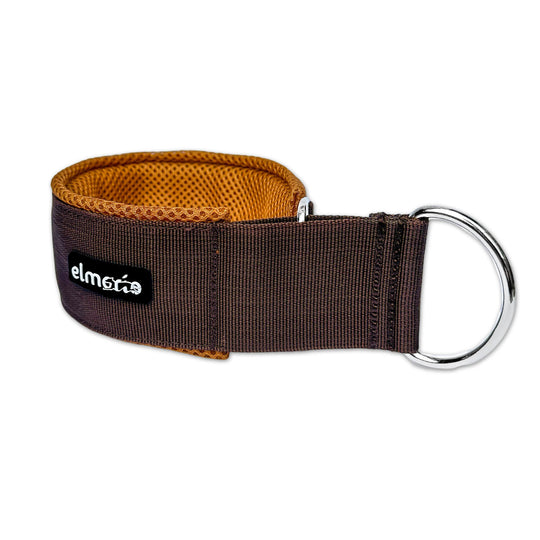
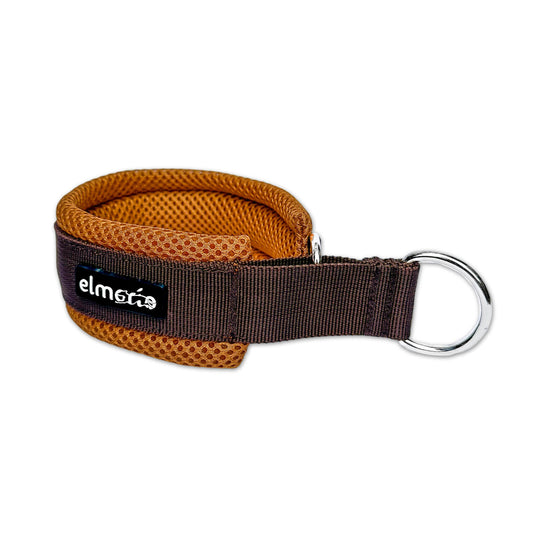














Leave a comment